Over the past few years, most smartphone brands have focused (no pun intended) on improving one aspect — cameras. From throwing in large sensors to huge megapixel wars, smartphone cameras have gotten better than ever before. As a result, more consumers started buying flagship phones for their camera prowess. Xiaomi also wanted a piece of the pie, undoubtedly. But, instead of fighting it out in terms of numbers, the brand opted to partner with Leica for high-quality optics. And I’m glad to report, the partnership has paid off.
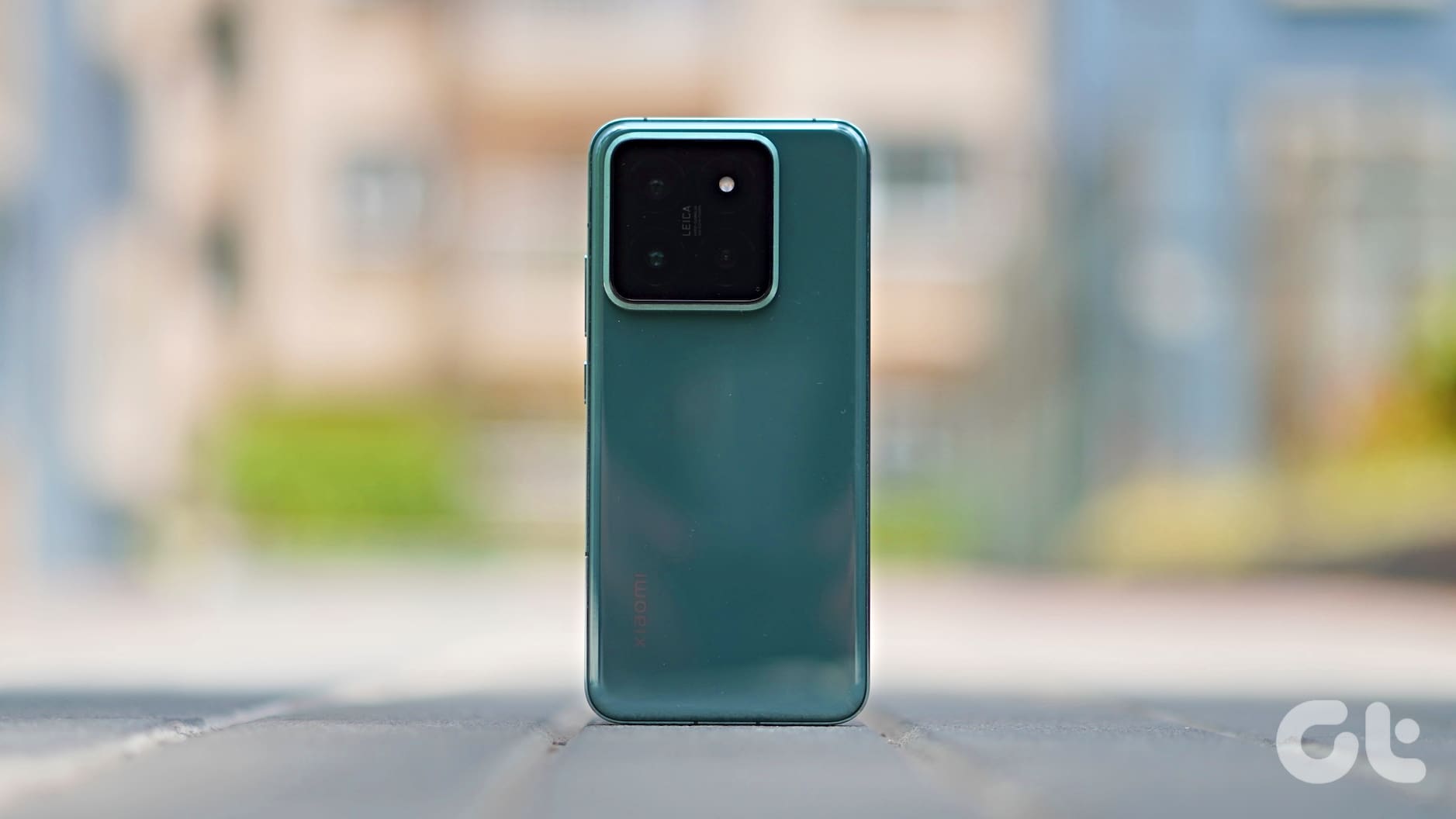
For those unaware, Leica is a legacy camera maker with an emphasis on authentic color science. They’ve carried over that same expertise to the image processing algorithms on Xiaomi flagships — resulting in the Xiaomi 14 series having one of the best camera setups on a phone.
Now, you may be wondering — several such partnerships have taken place in the past. OnePlus and Hasselblad, Vivo and Zeiss, etc. But, what stands out about Xiaomi’s partnership with Leica is that the results actually reflect in the images clicked by the phone. And this is what makes the Xiaomi 14 one of the best pocket cameras I’ve used. But, is there more to the phone than just the cameras? Let’s find out.
Them Stellar Cameras
I usually begin most of my reviews by talking about the form factor, display, general performance, and then move on to cameras. But, since the Xiaomi 14 is primarily built around the camera system, it’s only fair to discuss the optics first.
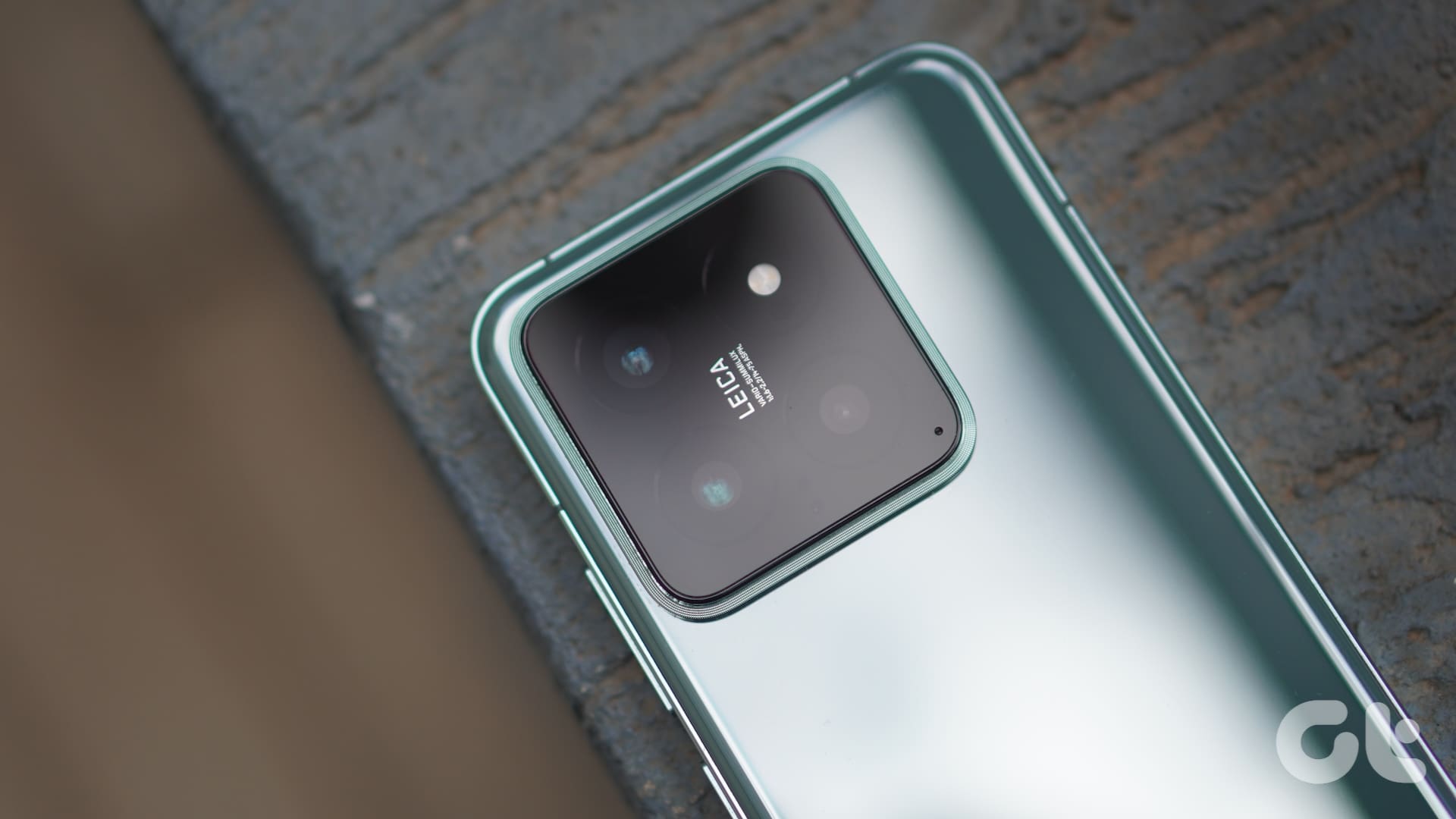
I’m not a specs or numbers guy so I won’t delve much into the sensor size or megapixel count. Because to someone who’s buying the phone to click good pictures, these numbers hold no value. Instead, let’s get to the pictures directly.
Starting with the primary camera — you can expect excellent photos from the shooter irrespective of the lighting conditions. Whether you’re clicking monuments, landscapes, or even human subjects, everything looks pleasing to the eye.
Leica Vibrant and Authentic Color Profiles
Xiaomi offers two color profiles — Leica Vibrant and Leica Authentic. The vibrant mode — as you can expect — boosts saturation levels slightly to make the colors pop. I would say this is the mode most people will prefer — especially for social media-ready shots. However, I defaulted to the Leica Authentic mode because the colors are more true-to-life. Not just that, but the photos taken in the Authentic mode have slight vignetting along with higher contrast — a look that I personally prefer.

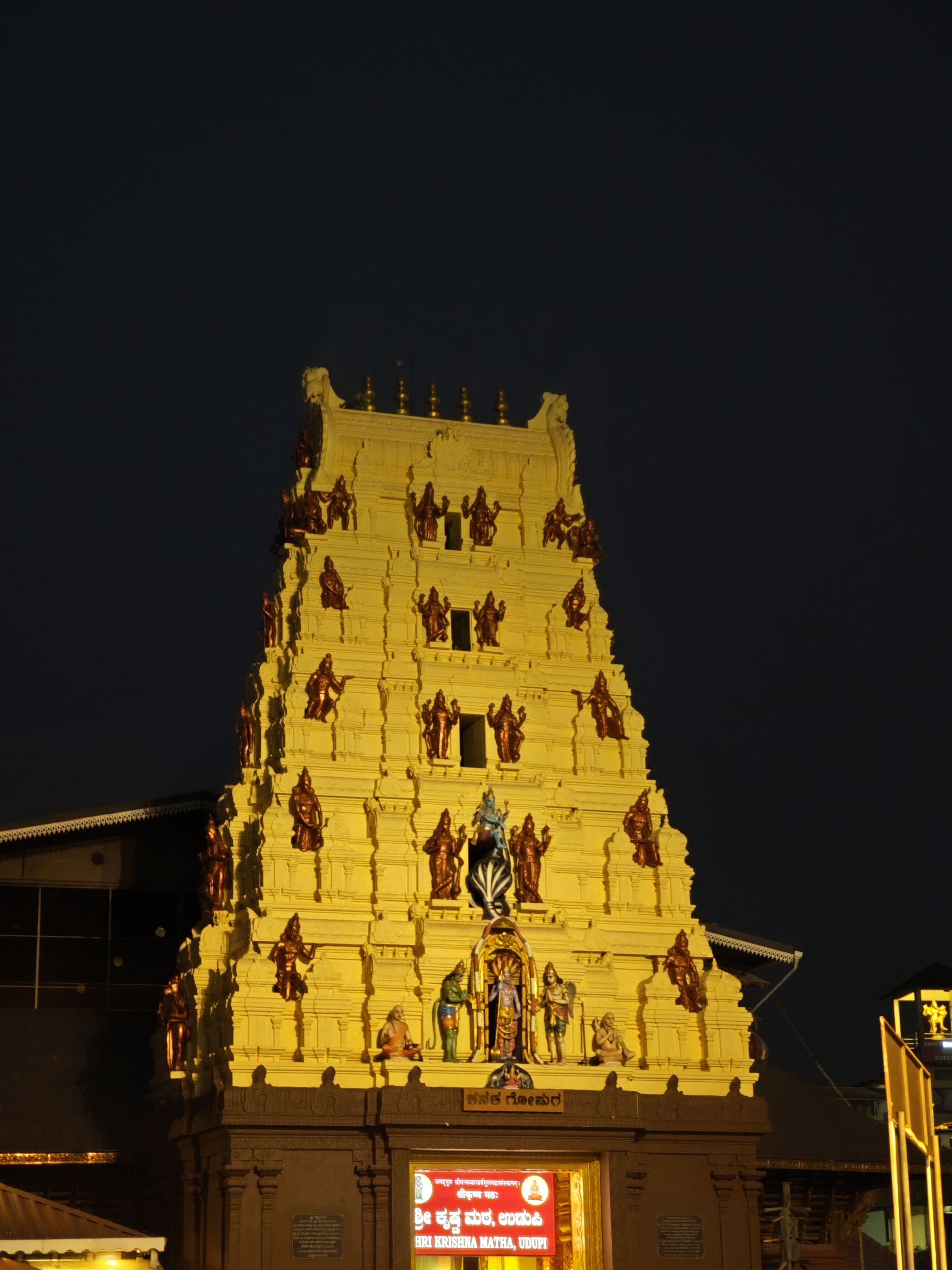

Anyhow, coming back to the shots — they have ample details even when you zoom in. The dynamic range is good in most scenarios, but I did observe the highlights getting blown out in some instances where it was too sunny outside. Something the like Galaxy S24 offers slightly better highlight control but I would pick the overall picture quality from the Xiaomi 14 any day of the week.

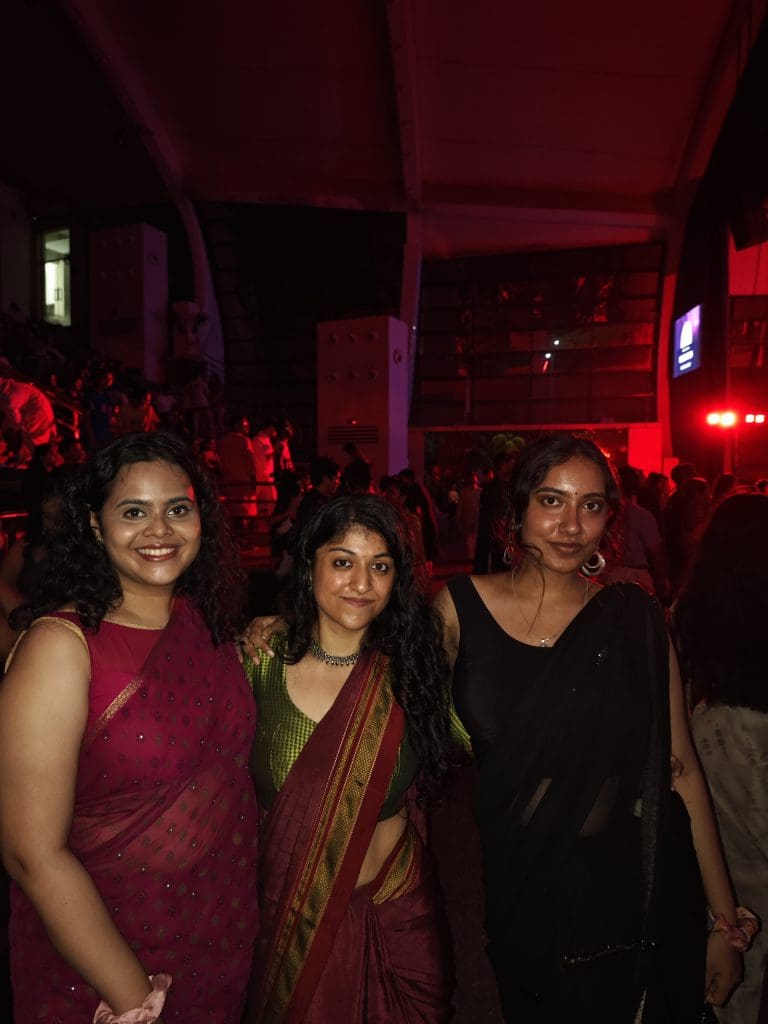

Portrait Mode
Skin tones are also mostly accurate which brings me to the fact that clicking portrait shots with the Xiaomi 14 is a treat. Leica’s master portrait mode gives you several focal lengths and effects to choose from. There’s a 35mm documentary, 50mm swirly bokeh, 75mm portrait, and 90mm soft focus modes. I found the 90mm one to be too soft for my liking. The 35mm — while ample sharp — is too wide for a portrait as per me. While I like the bokeh at 50mm, it’s mostly good when clicking pictures in daylight. That left me with the 75mm portrait mode — my favorite of the lot.



This mode uses the 3.2X optical zoom lens on the phone — which according to me — offers the perfect compression for a portrait shot. Of course, you will have to take a few steps back from your subject but it’s well worth it. However, in low-light situations, I suggest defaulting to the 35mm mode as the primary sensor takes in more light.
Zoom In
While we’re at it, the 3.2X camera is my favorite shooter on the Xiaomi 14 albeit the fact that it’s not the best in terms of optics. This is primarily because I love telephoto cameras in general. If you take a peek into my gallery, you’ll find that at least 60-70% of my photos are all shot using the zoom camera. It just helps me frame my subject better by eliminating unwanted elements.
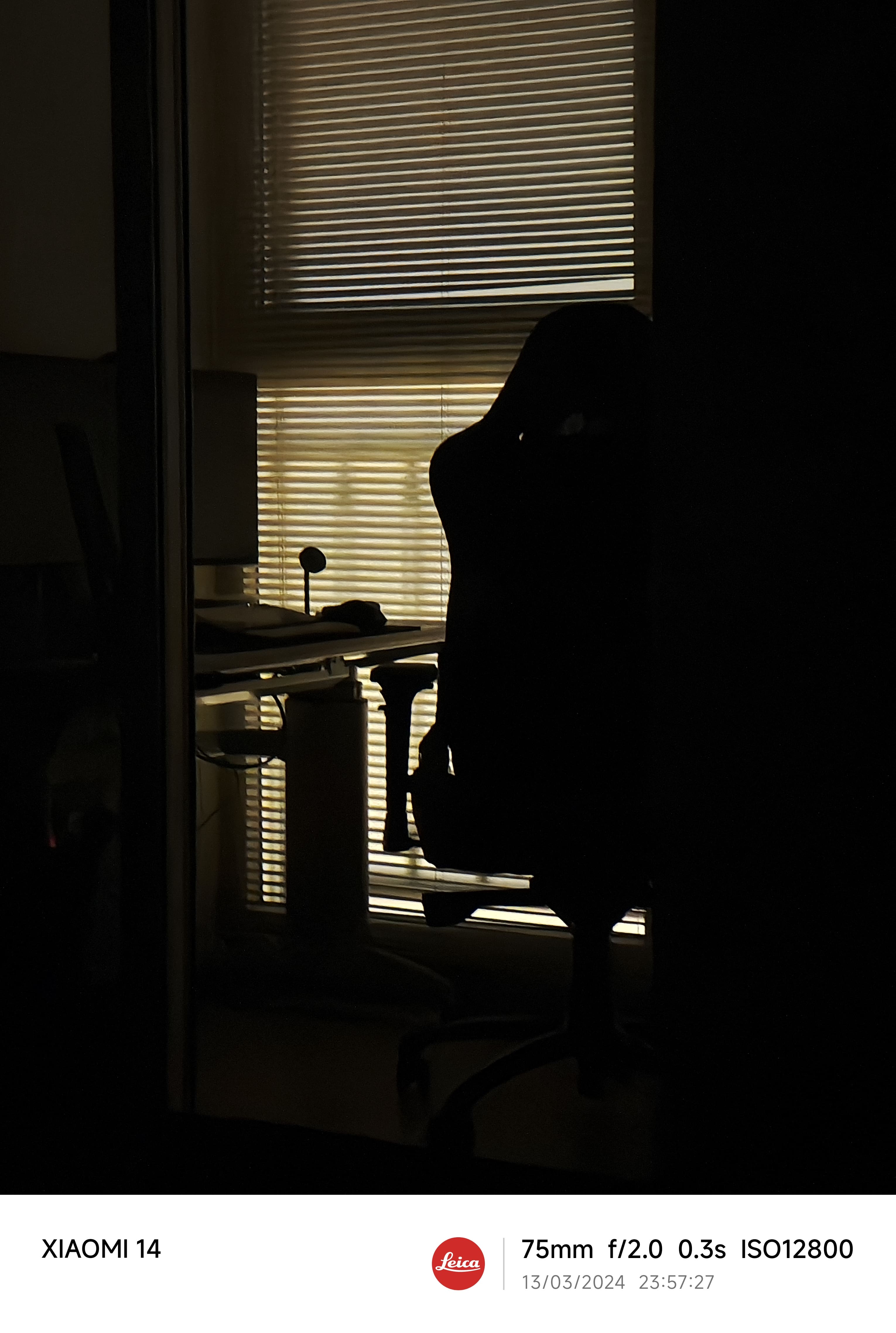
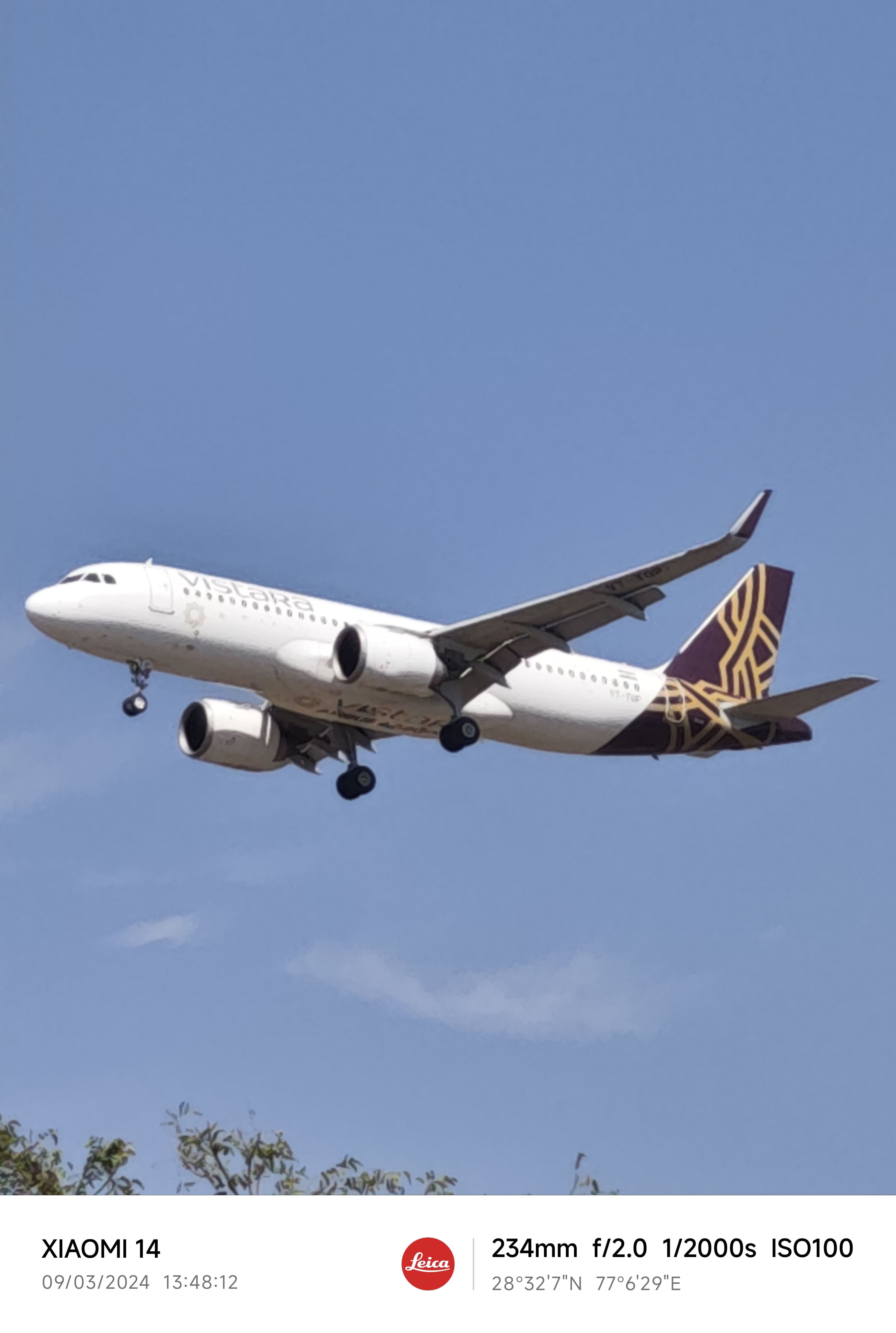
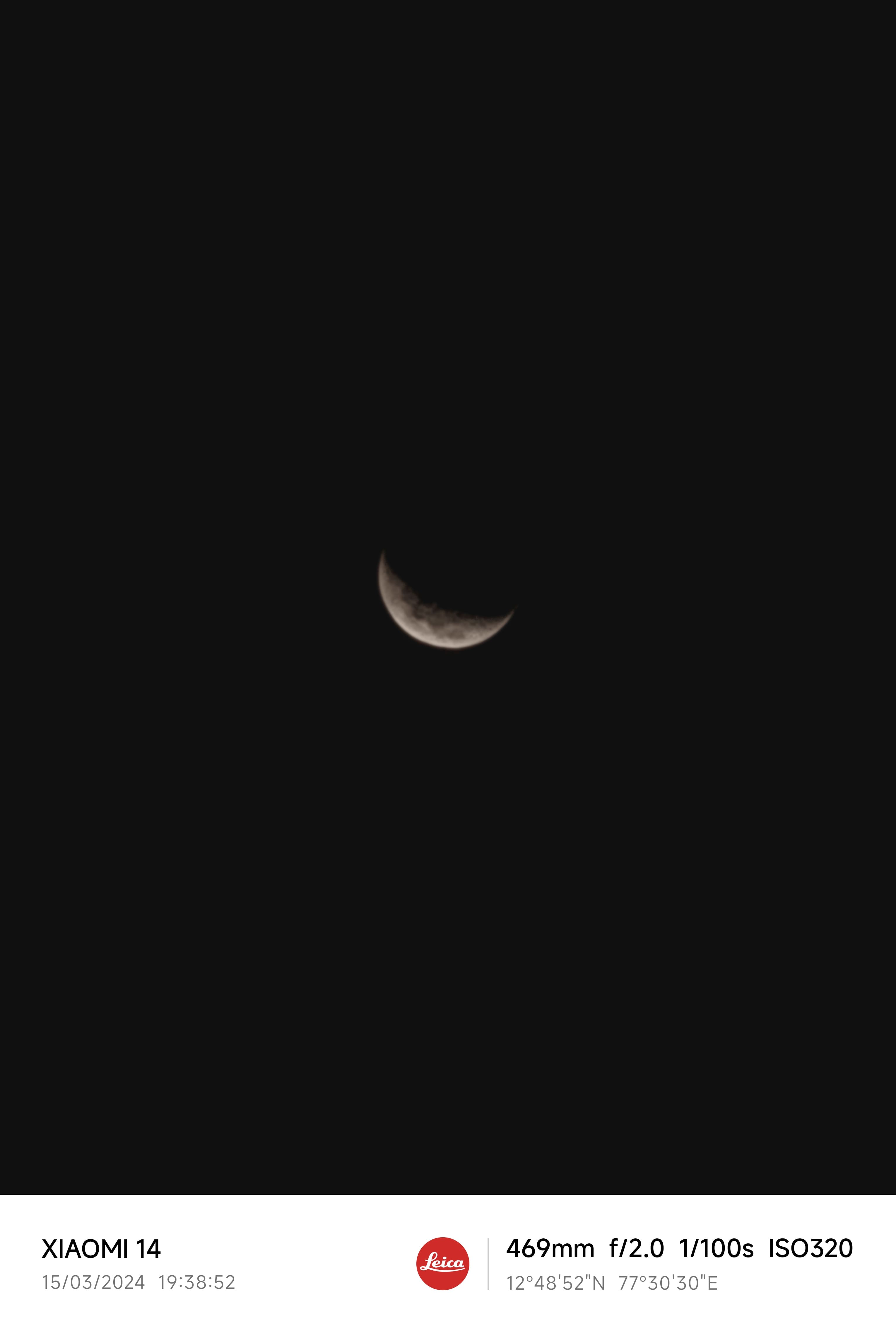
Having said that, I like me some extra zoom even beyond 3X so the Xiaomi 14 Ultra with the 5X periscope is more of my jam. The extra versatility is always welcome since it also unlocks extra zoom levels up to 10X or even 30X in good lighting.
It’s also worth mentioning that the shutter speed with the 3.2X lens is a tad slower compared to the primary camera which is insanely fast. So, when you punch in to capture a faraway object, ensure you click in burst mode to avoid a shaky image. This is also applicable when shooting in the 75mm portrait mode in low-light situations.
Xiaomi is also using a floating lens for the 3.2X camera which means it can also double up as a macro shooter. This is a much better implementation than using the ultra-wide camera and results in stellar close-up shots. Have a look for yourself!
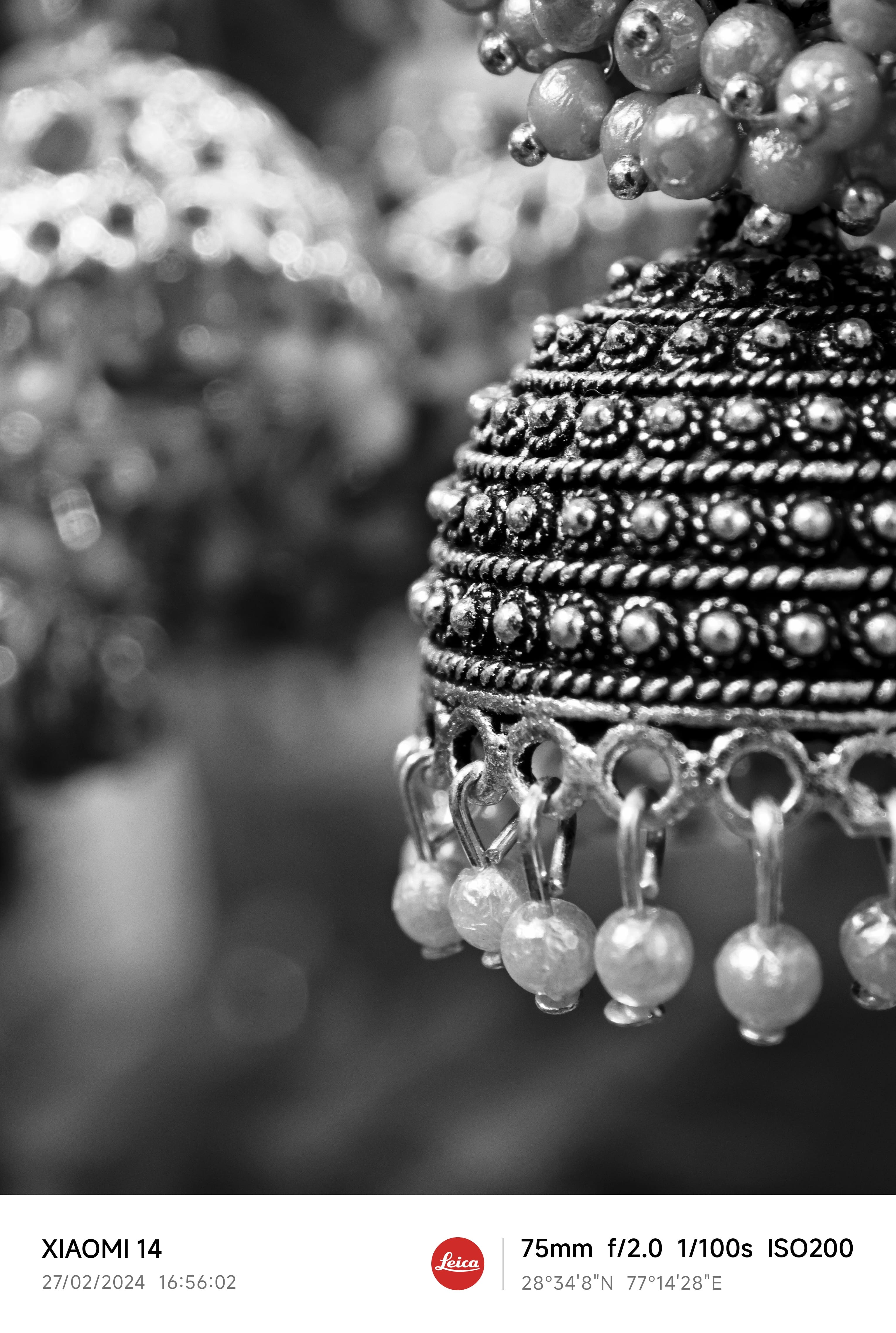

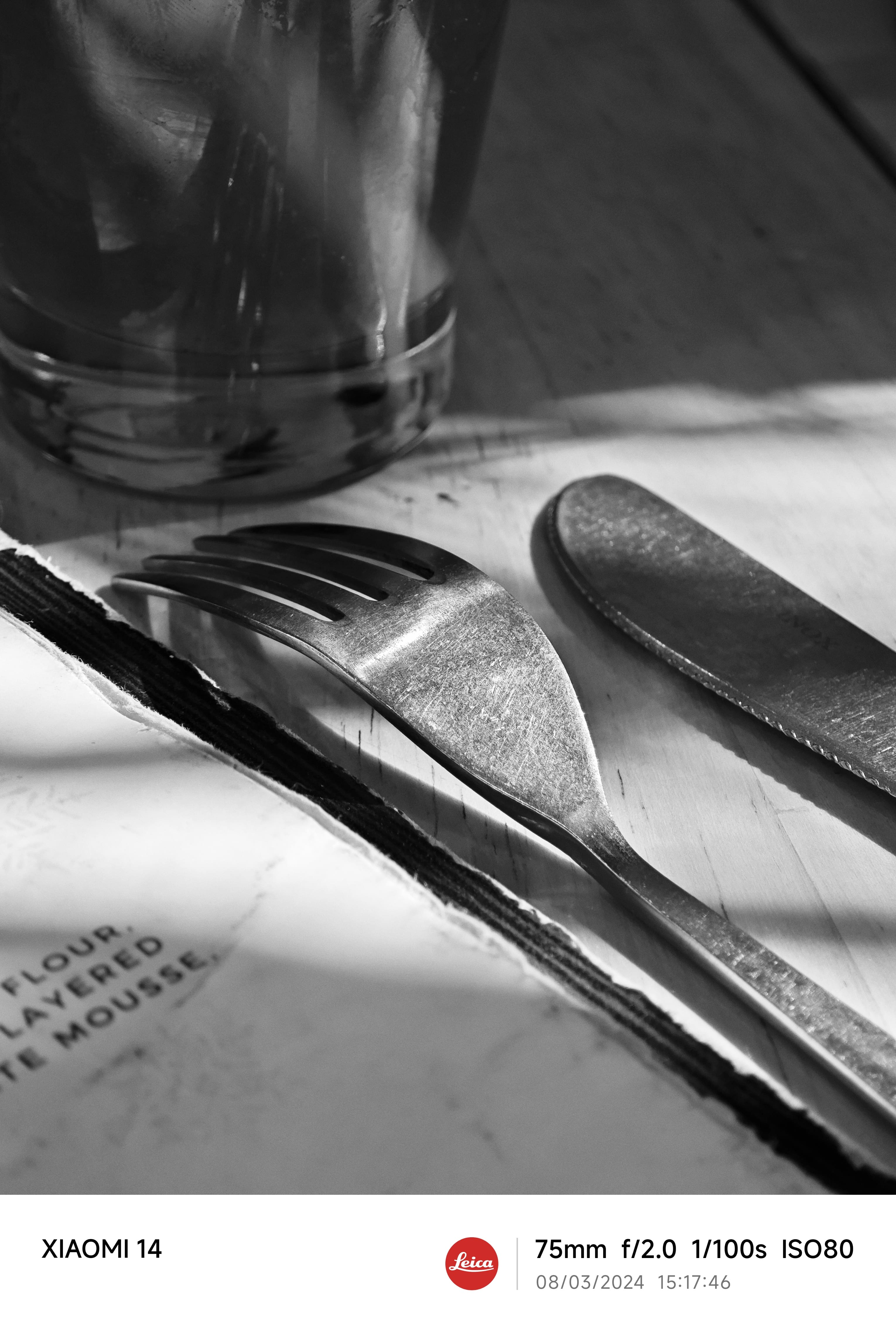
Zoom Out
If a phone only had two cameras and I was given a choice between an ultrawide and a telephoto, I would pick a telephoto every single time. This goes to say that I don’t really use the ultrawide lens much. But if you do, don’t expect too much from the Xiaomi 14’s 14mm shooter.
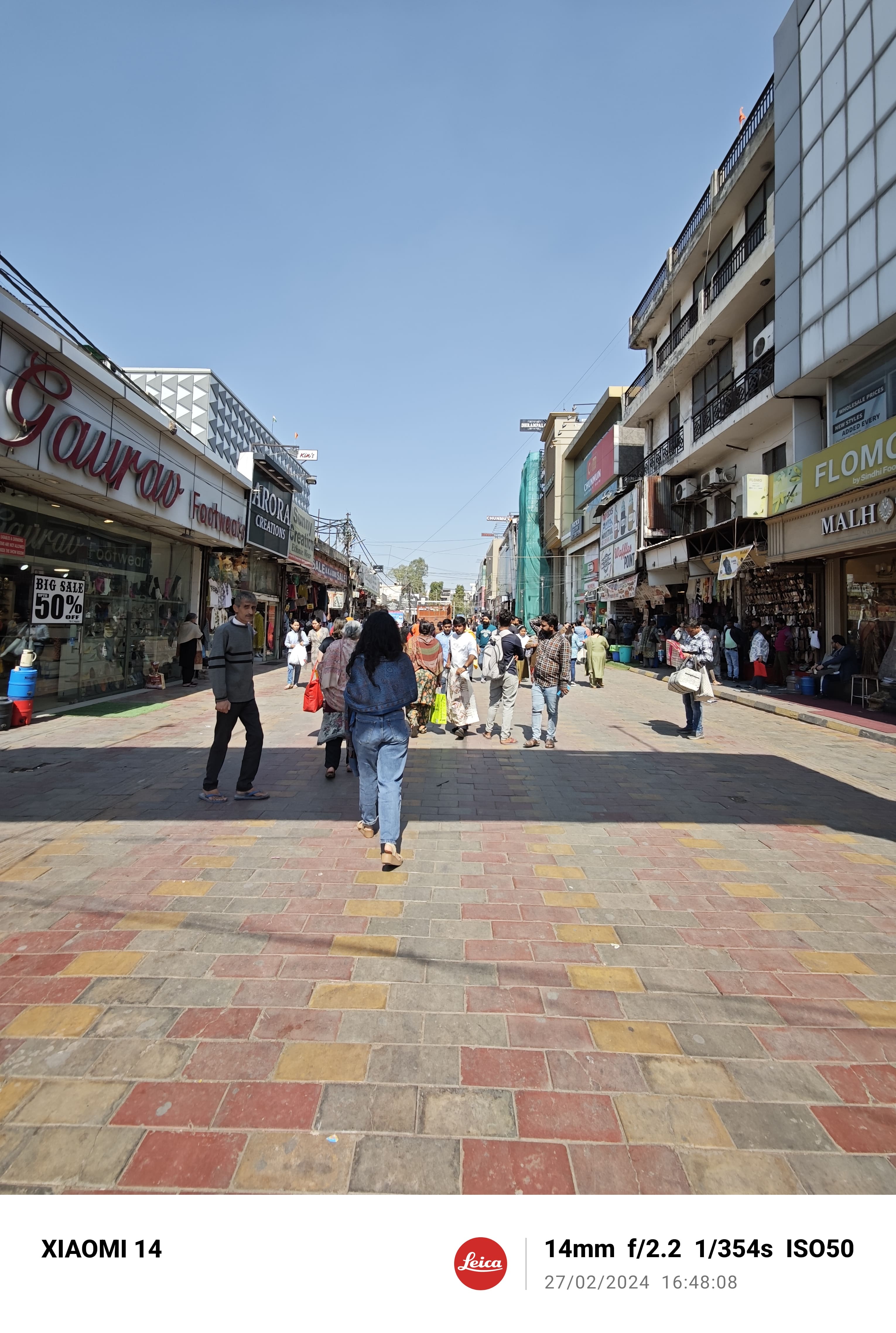
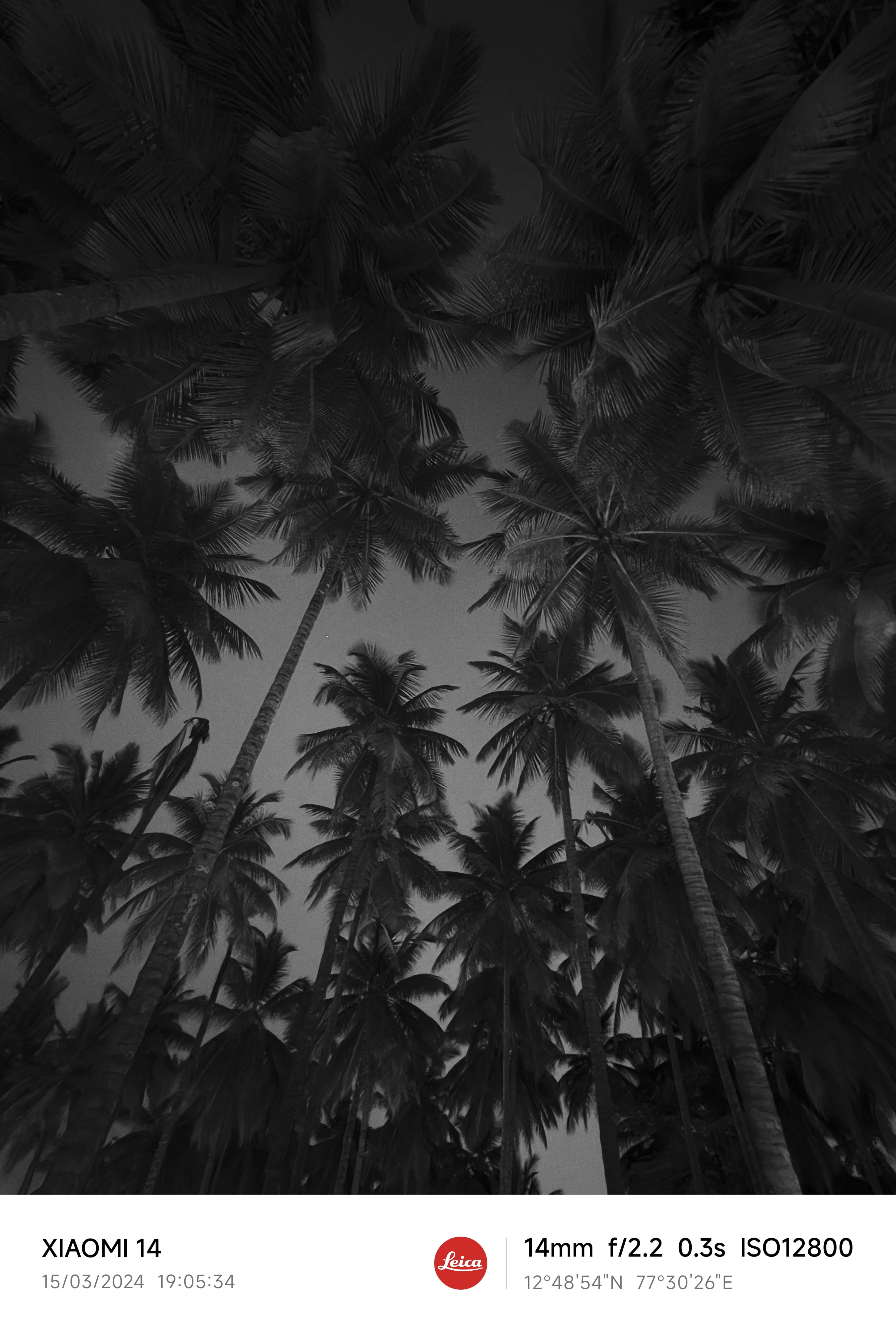
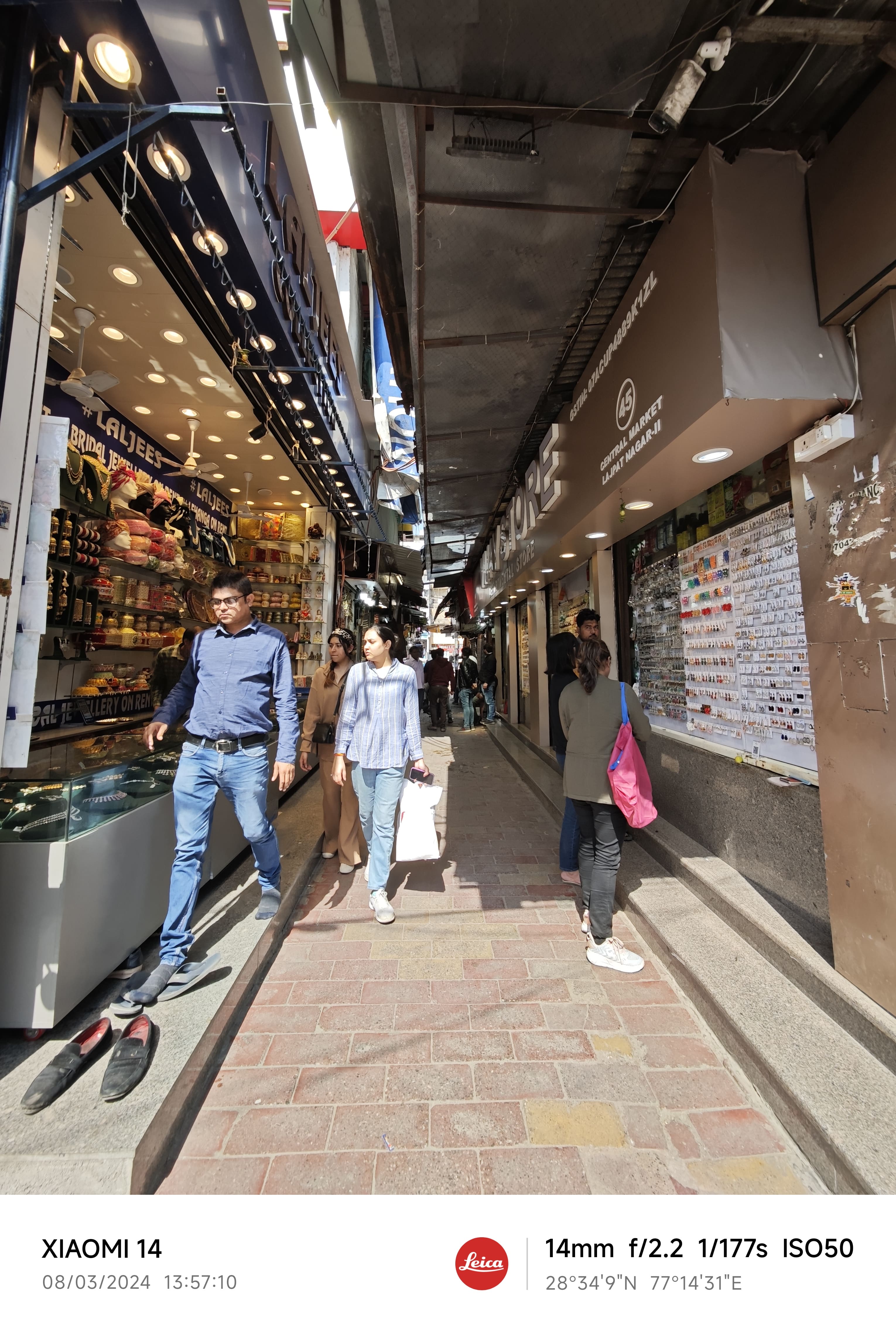
Don’t get me wrong, it clicks good pictures when the lighting is right. But, on most occasions, the photos are soft and lack details when you zoom in.
Selfies – The Achilles’ Heel
I used the Xiaomi 13 Ultra last year and while I was blown away by the cameras on the rear, the selfie shooter was a huge disappointment. In fact, I would go as far as saying phones that cost a fifth of the Xiaomi 13 Ultra took better selfies. So, went the Xiaomi 14 launched this year, I was really hoping they improved the front-facing camera.
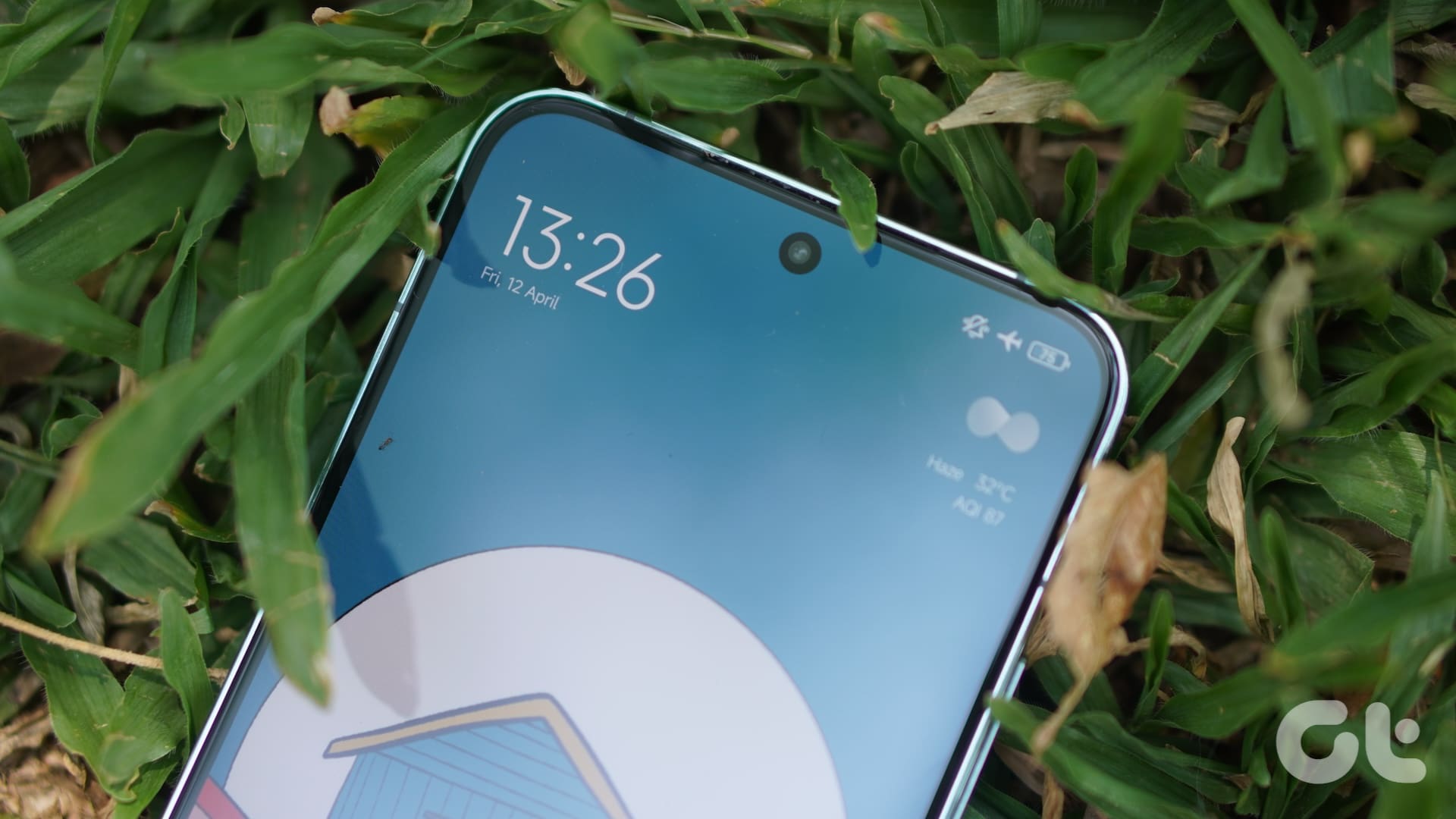
I’m glad to report the selfie shooter has gotten much, much better compared to last year. However, it’s still not up there with the competition. I feel like Xiaomi spent all their resources on the rear cameras so the font-facing shooter ended up being the neglected child. In good lighting, selfies look good but the skin tones aren’t accurate and the details are missing.



It almost feels like Xiaomi is applying a layer of beautification even with all the beautify features/filters turned off. And I’m not a fan of this look. I like natural selfies that show off imperfections and blemishes the way they are.

But, your preferences may be different and you may like the smoothened look produced by the Xiaomi 14. If that’s the case, you might actually like the Xiaomi 14’s selfie shooter. At night, the quality is just average with some blur also introduced in the image if your hands aren’t stable.
Feature-Rich Software
Overall, it’s a pleasure to shoot with the Xiaomi 14 — when using the rear cameras. Photos turn out great whether you’re clicking in portrait mode or zooming into a bird with the 3.2X lens. The camera app on HyperOS also facilitates the process of clicking good pictures with a simple interface and a ton of features. A special mention to the Leica filters that add a cinematic look to your images.
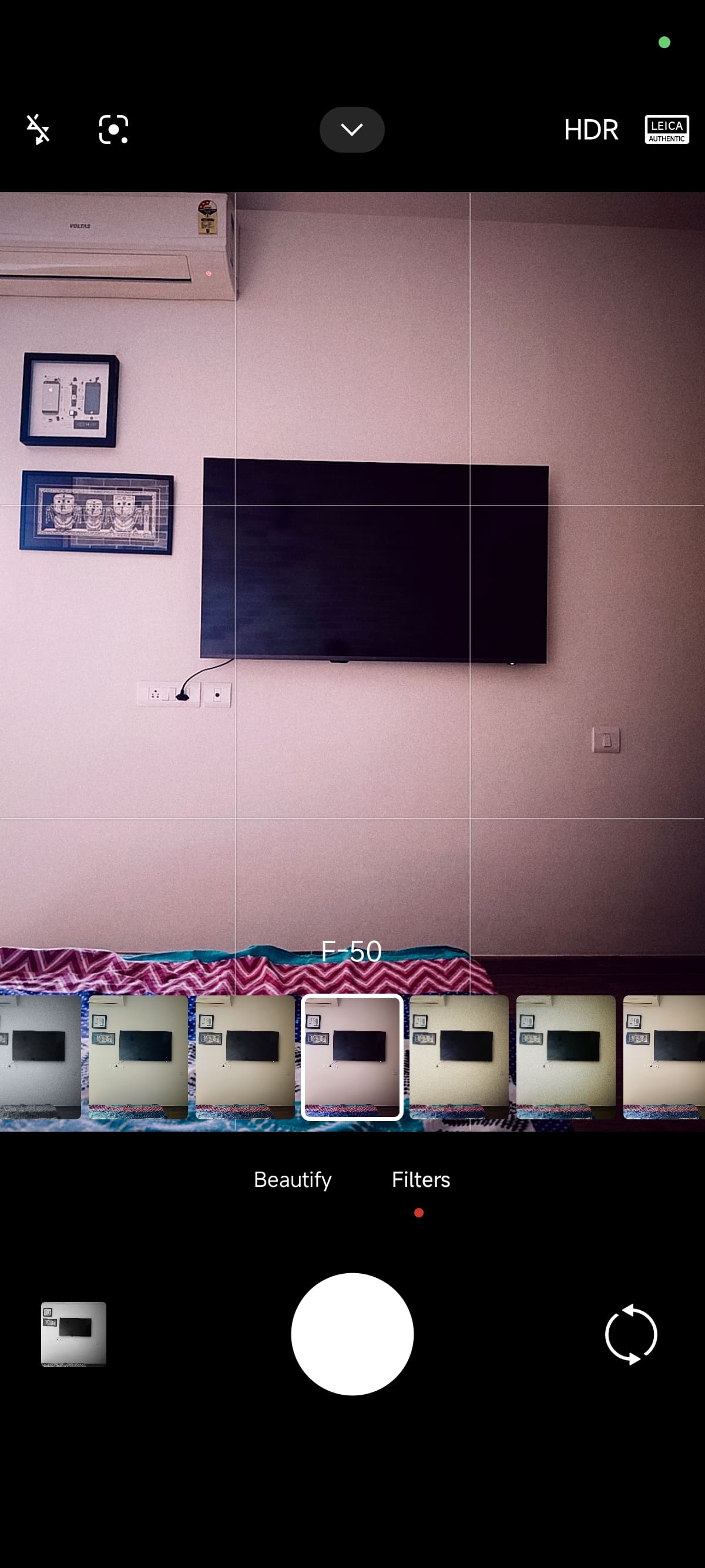
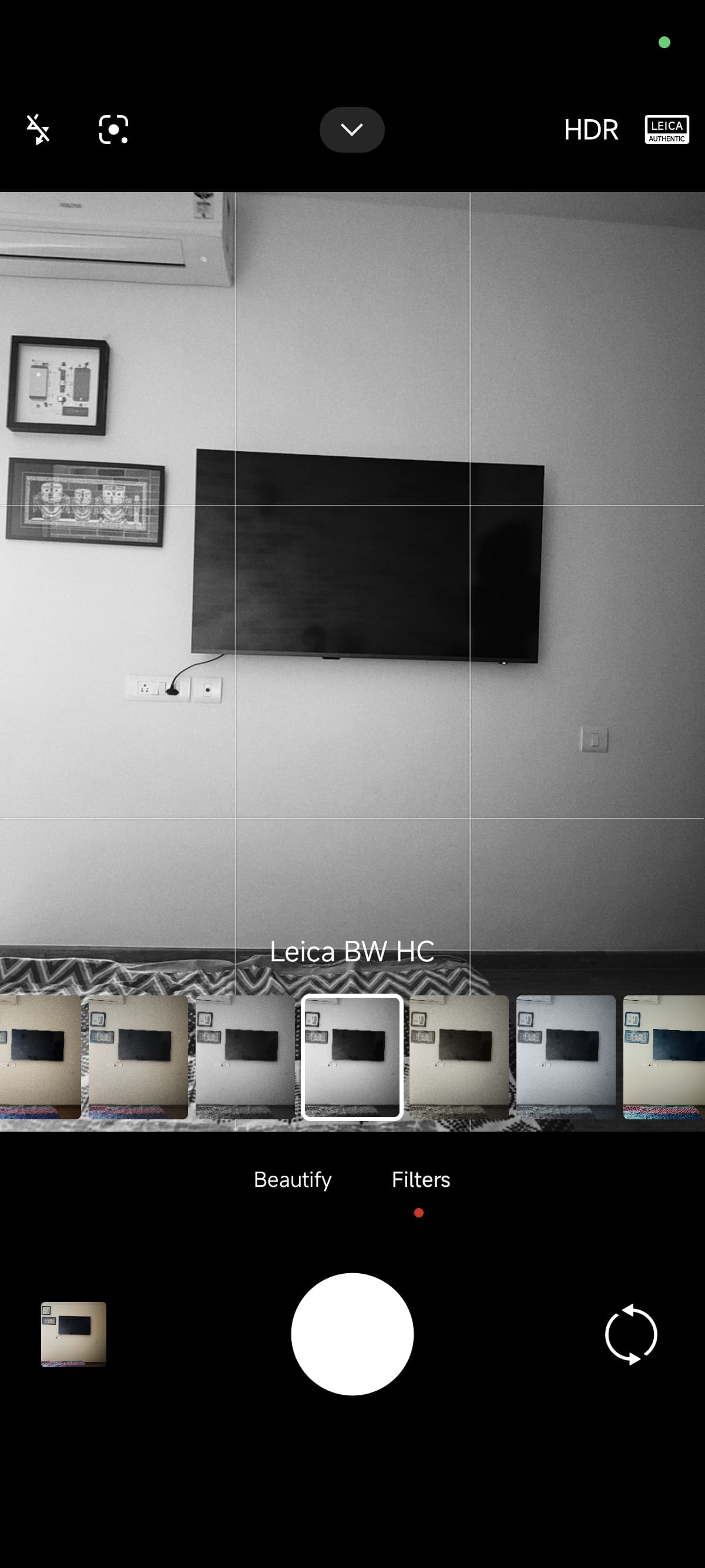
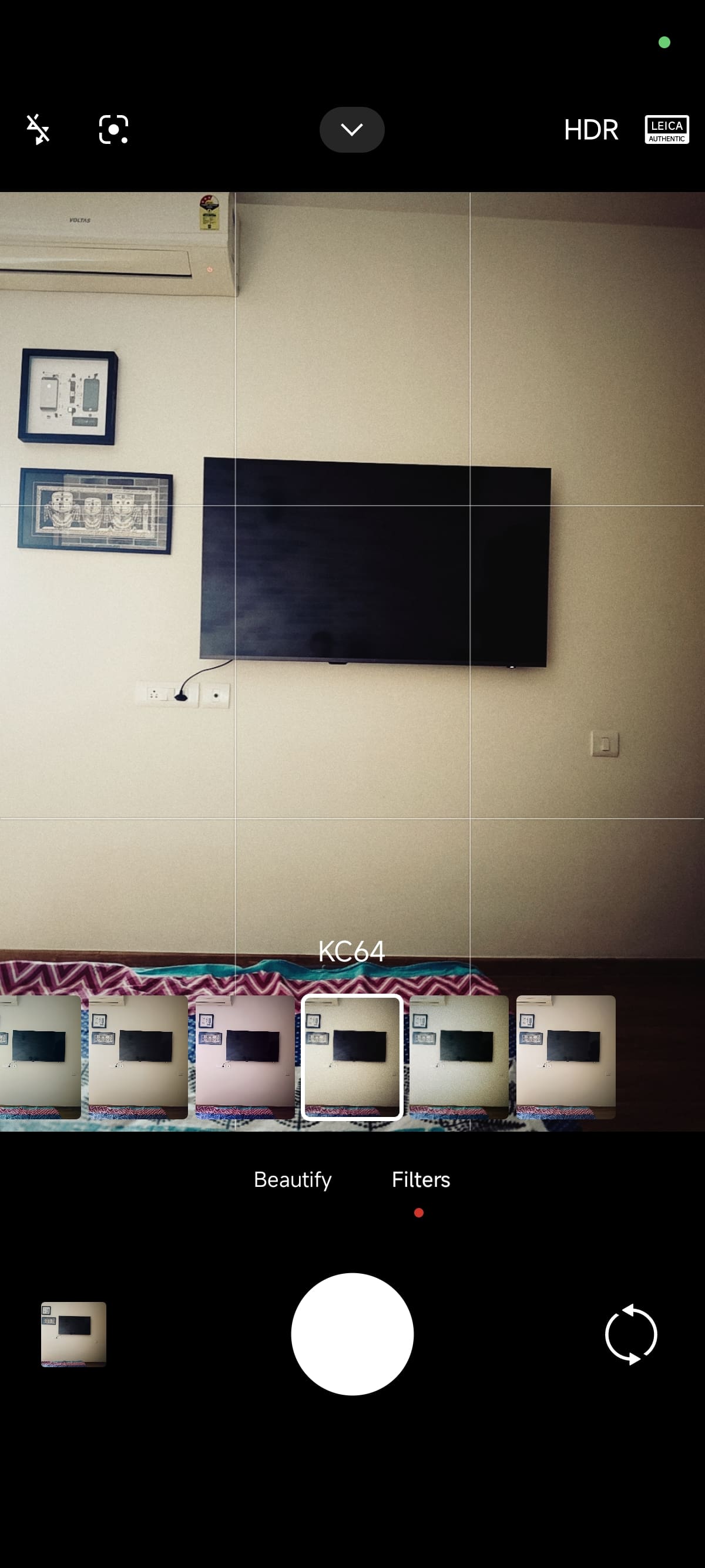
I specifically love the Leica Monochrome High Contrast filter that builds on the black-and-white legacy established by Leica. These filters can be applied before clicking a photo and add a completely new perspective to your images. I found myself clicking a lot of monochrome pictures simply because I loved the software processing.
Unlike selfies, Xiaomi hasn’t compromised on the video recording capabilities, thankfully. You can record videos up to 8K but 4K is certainly what most people should use. The videos are stable, have good colors, and are right up there with the competition.
Just the Right Size
What also makes clicking photos a pleasure on the Xiaomi 14 is its size. The fact that it’s compact and lightweight means you can click stable photos with one hand — something you can’t do with most phones.
Not only that but with modern-day smartphones getting bigger and bigger, I often miss the feel of using a compact phone. This is especially true when I’m laying in bed texting or scrolling through Instagram Reels. Thanks to the Xiaomi 14’s compact size, I can do all of the above using just a single hand. And even if I end up dropping the phone on my face, I know I won’t have to rush to the ER with a fractured nose.
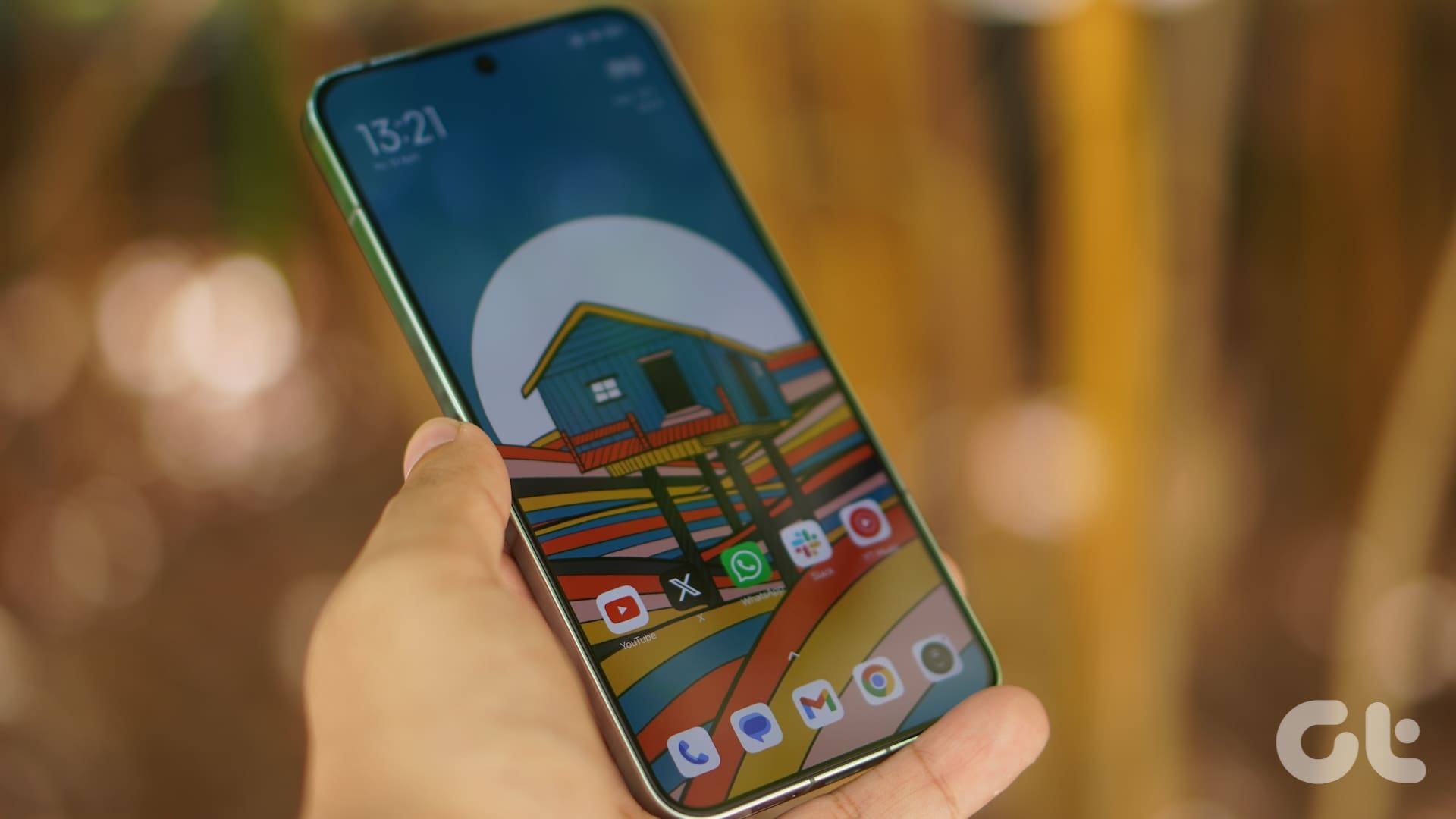
Coming from an iPhone 15 Pro Max, this is a welcome change. Even when I’m out walking on the streets, I find it much easier to pull out the Xiaomi 14 to quickly reply to a text or email compared to the 15 Pro Max — primarily because I can type using one hand without having to worry about dropping the phone. These are little factors you will appreciate when using the phone every day.
Not Really a ‘Small’ Phone
With everything I mentioned above, it’s easy to mistake the Xiaomi 14 to be a small phone. Well, it’s not. It’s just small-er than most other phones in the market. The display measures 6.36 inches which is bigger than the baseline iPhone 15 and the iPhone 15 Pro. However, the form factor of both phones is more or less similar.
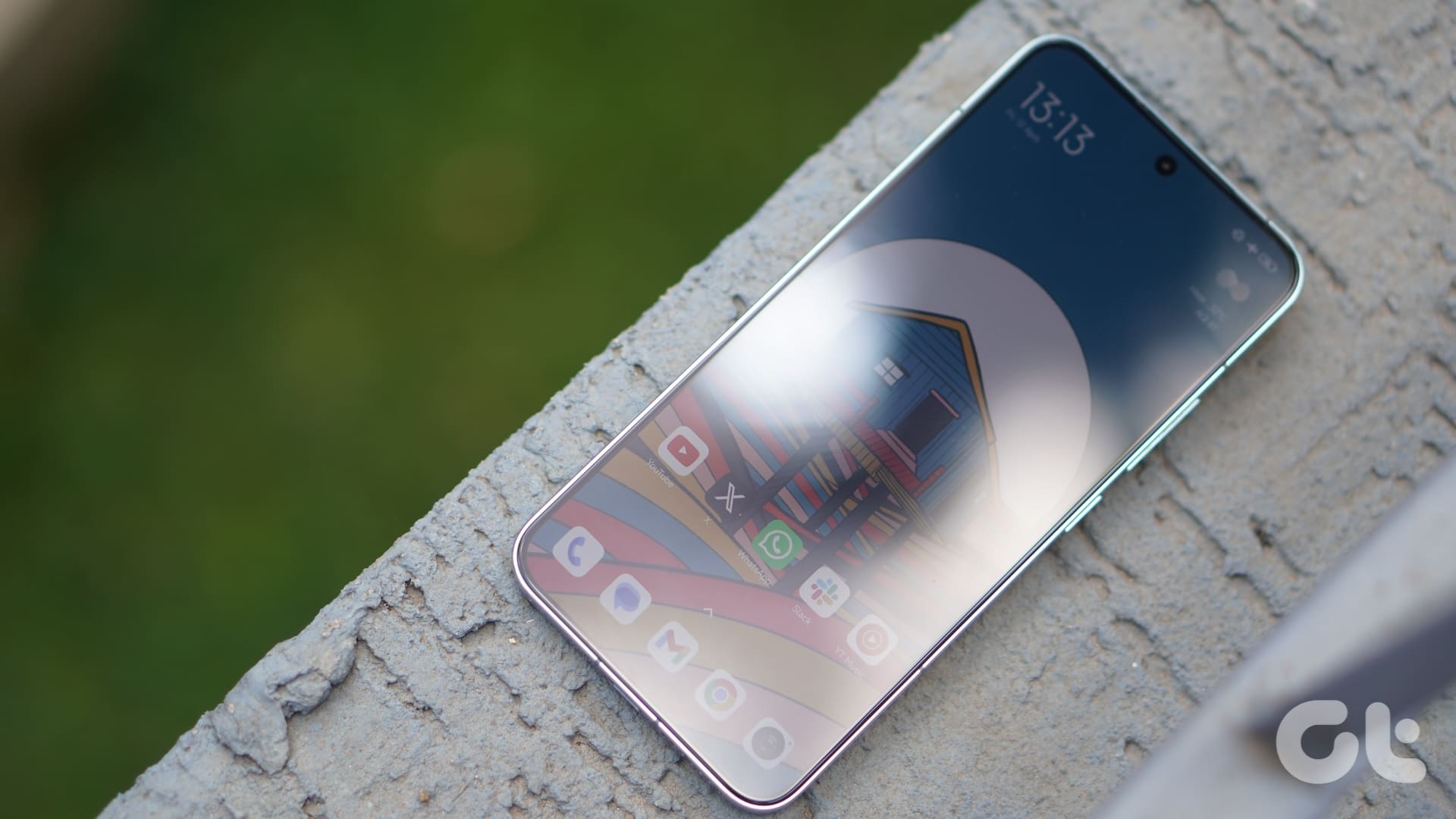
Xiaomi has achieved this by trimming the bezels around the display and curving the edges ever so slightly. Thanks to this, the Xiaomi 14 feels slimmer than even the iPhone 15 despite the spec sheet suggesting otherwise. It’s also rather light at just under 190g making it super easy to handle. Essentially, you’re getting the best of both worlds. A screen that’s big enough to enjoy content in a form factor that’s compact and lightweight.
Looks and Feels Good
I used the Xiaomi 14 as my daily driver for close to a month and didn’t put a case on the phone. While this is primarily because I was confident holding the phone due to its size, another contributing reason is how good the phone looks. Xiaomi sent me the green variant of the phone with a glossy back and it looks rather pretty — especially when light falls on it.

Despite having a glossy back and shiny aluminum rails, the Xiaomi 14 doesn’t feel slippery at all. If you opt for the black version though, you might need a case since the silky matte finish on the back does not provide much grip. Xiaomi is generous enough to provide a case in the box — and it’s of good quality. It’s not your standard transparent TPU case that turns yellow in a few weeks. The brand has bundled a soft silicone case in the box that provides good grip and adequate protection.
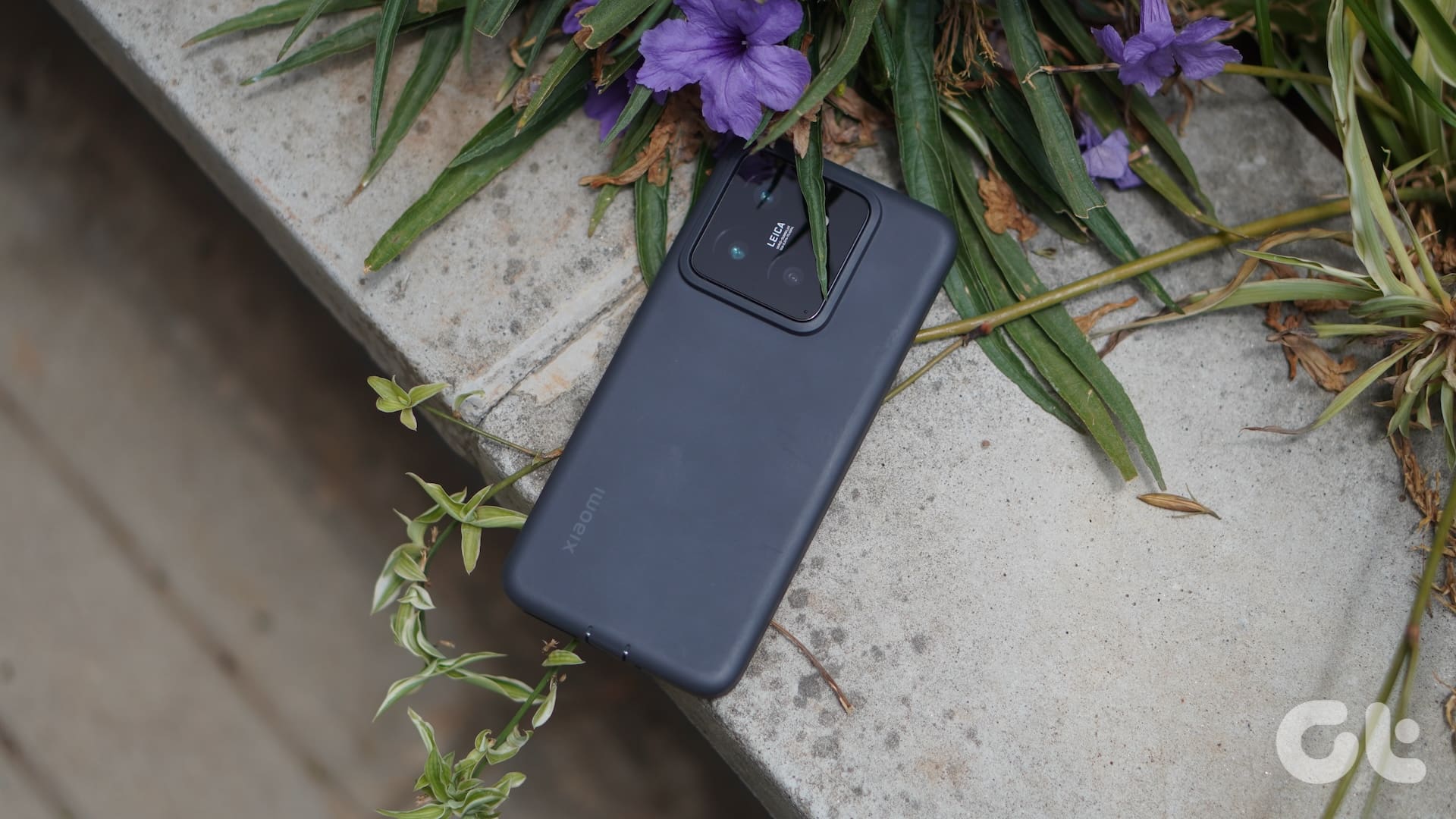
My only complaint is that the case is black even with the green phone. They should’ve color-matched it depending on which variant you get because that beautiful green back is completely hidden when you use the case.
Gorgeous Display All-Around
Apart from the ideal size, there’s a lot more to like about the display on the Xiaomi 14. It’s ample bright, the colors look punchy, it’s smooth — and most importantly for me — it has uniform bezels!
For context, I love it when smartphone brands go the extra mile to provide symmetric bezels on the front. Be it Apple or even Nothing, there’s something so pleasing about uniform bezels all around the screen. It gives the phone an aesthetic look and I’m glad the Xiaomi 14 checks that box. It may not matter to most people, but for those with undiagnosed, self-proclaimed OCD like me, it’s a big relief.
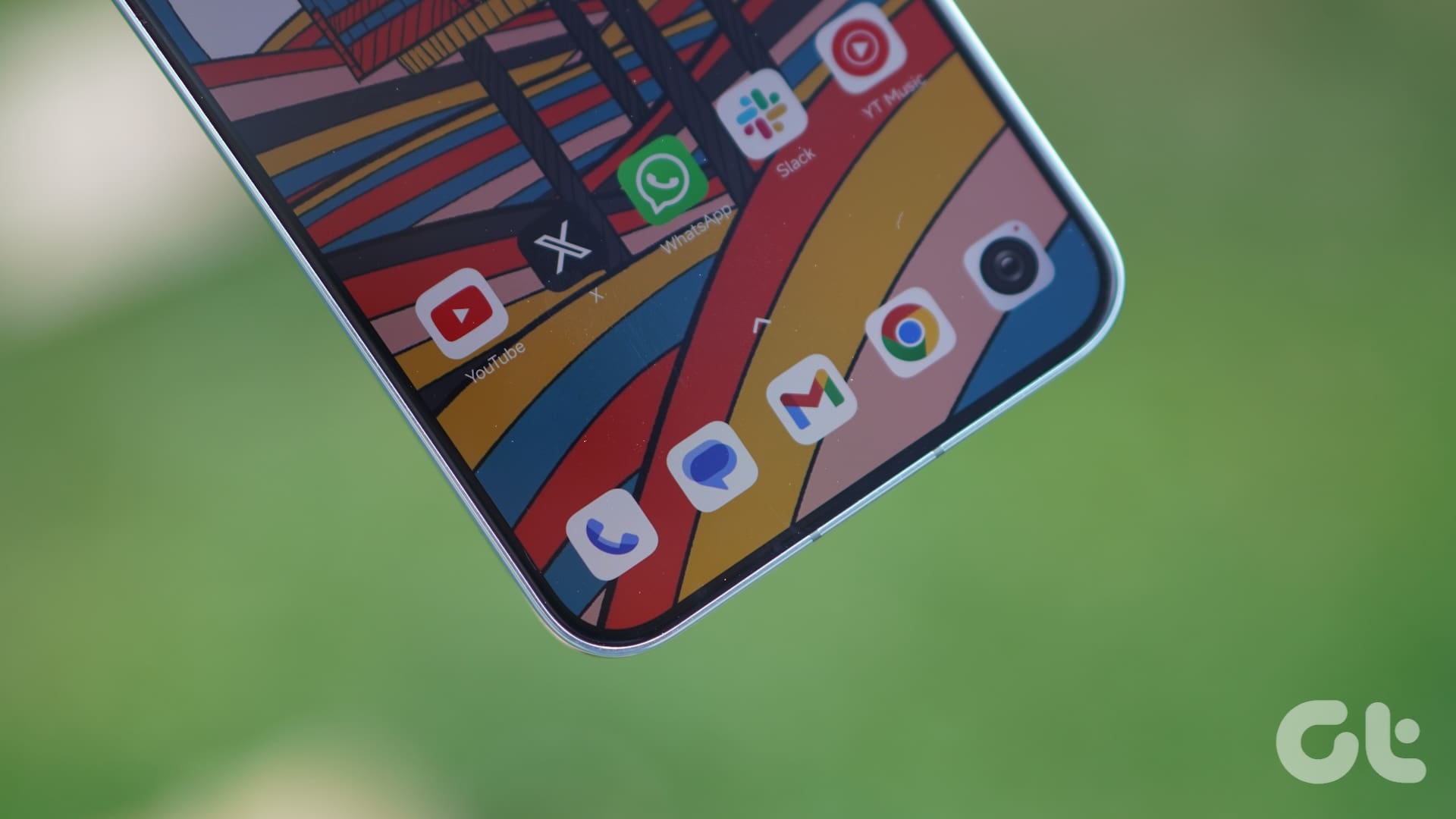
Anyhow, coming back to the quality of the panel — I enjoyed watching shows on Netflix and my usual YouTube subscriptions on a daily basis. I even took a morning flight with the Xiaomi 14 where I watched a couple of episodes of The Big Bang Theory — arguably one of the best shows made — while sitting next to the window. So, even with all the morning sunlight creeping in, I was comfortably able to see the contents on the screen.

The dynamic refresh rate from 1-120Hz is also helpful when scrolling through social media feeds and web pages. Not once did the phone stutter when scrolling which is a big plus. I’m glad to report Xiaomi has used a premium display panel on the Xiaomi 14 with no traces of black crush on tinting — something we commonly see with OLED screens.
Flies Through All Tasks
As I mentioned in the camera department, I’m not a numbers guy so you won’t find any benchmark scores, throttling graphs, or memory read/wrote speeds in this section. What I will mention though is the Xiaomi 14 is a top-of-the-line powerhouse that doesn’t break a sweat no matter what you throw at it.
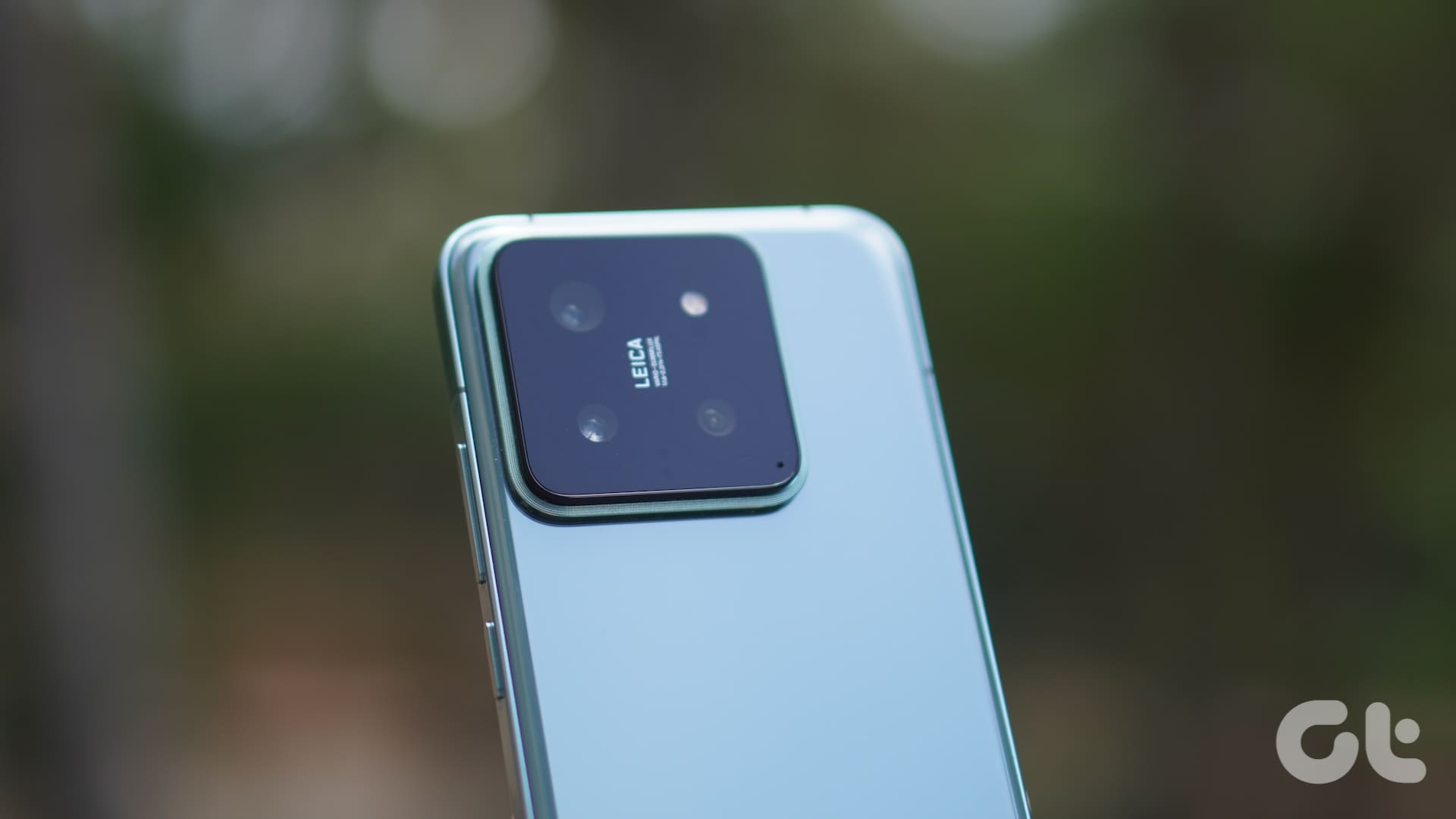
I consider myself a power user who performs a lot of tasks on my smartphone. From photo and mild video editing to running several apps in the background and switching between them, I want my phone to do all of it without lags/stutters. During my one-month testing period, never have I ever had the Xiaomi 14 freeze on me.
However, the phone surely felt like it needed a freezer because boy, did it run hot on several occasions. The Snapdragon 8 Gen 3 isn’t the most efficient chip and the small-ish form factor doesn’t do it any favors either. This results in thermals being high every time you push the device. Now, of course, the phone isn’t going to get hot if you’re browsing through social media apps or playing nonchalant games like Subway Surfers or Fruit Ninja.
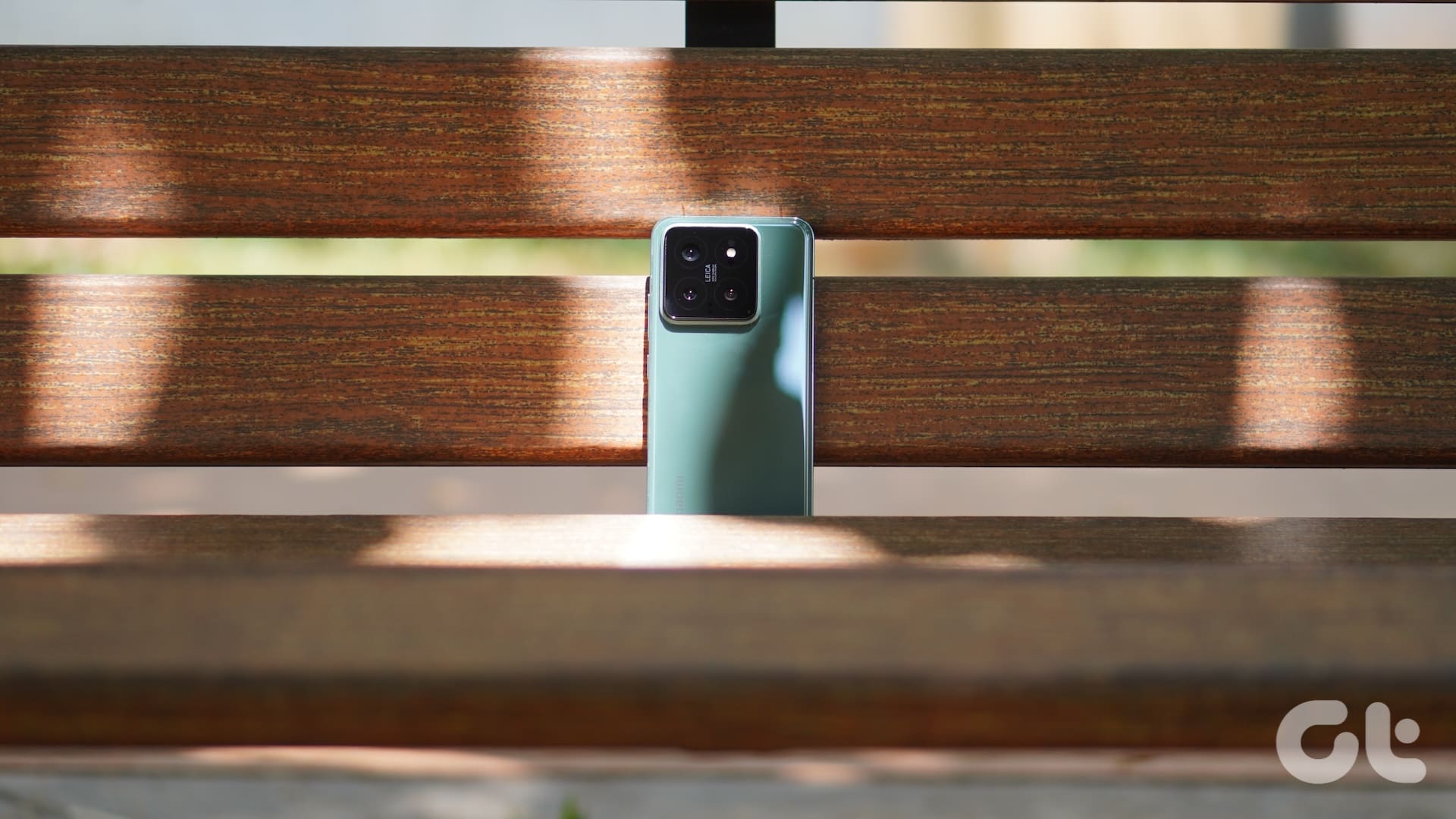
The times I did feel the heat were when I was outdoors streaming a show on Netflix on 5G or when I was on a long video call with a friend for about 30 minutes. I also felt the heat more than a general user would thanks to the fact that I was using the phone without a case. If you use a case at all times, chances are you won’t even feel the heat as much.
That said, I wish the thermal management was better. Xiaomi could have used a better heat dissipation system considering the form factor and high-power chip.
Hyper-Fast OS
I know MIUI used to get a lot of hate but I frankly never understood why. Yes, Xiaomi introduced adware for a while on their budget phones but they thankfully got rid of it a while back. Since then, MIUI has been clean while providing a ton of features. Either way, they’ve revamped the OS and introduced HyperOS — which is claimed to be faster and better than MIUI.
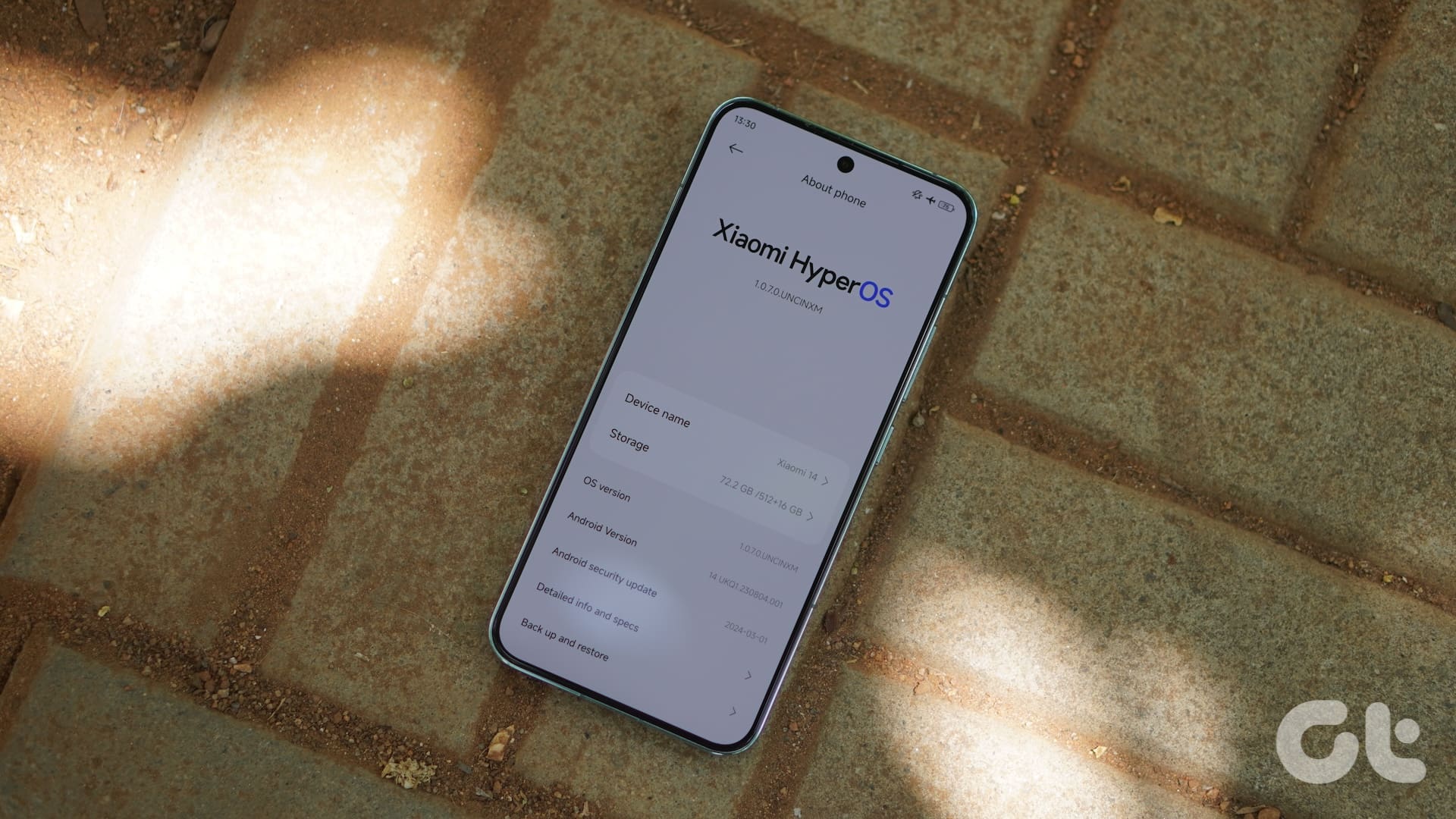
While I can’t confirm how much faster or better it is, it certainly feels snappy. The animations are quick, and switching between apps is a breeze. In my opinion, HyperOS is better than ColorOS, FuntouchOS, or the new OxygenOS (which is a spinoff of ColorOS itself). It’s clean, the visuals are nice, and there are a ton of customization options.
The only dicey situation is how Xiaomi handles updates. It’s currently April 2024 and the phone just got updated to the March security patch just a few days back. For a flagship, that’s not really promising. Especially when brands like Samsung provide timely updates every month — at least to their flagships.
90W Fast Charging, Thankfully
I’m glad Xiaomi managed to cram in their 90W charging tech inside the Xiaomi 14 because trust me, you’ll end up using it more often than you would like. Well, that’s because the battery life is strictly average on the Xiaomi 14.
The relatively small 4,610mAh battery by today’s standards and the compact form factor leading to not-so-efficient heat dissipation means you can expect a screen-on time of about 5.5 hours from the Xiaomi 14. While this isn’t necessarily bad, it can be a bummer when you’re out and about.
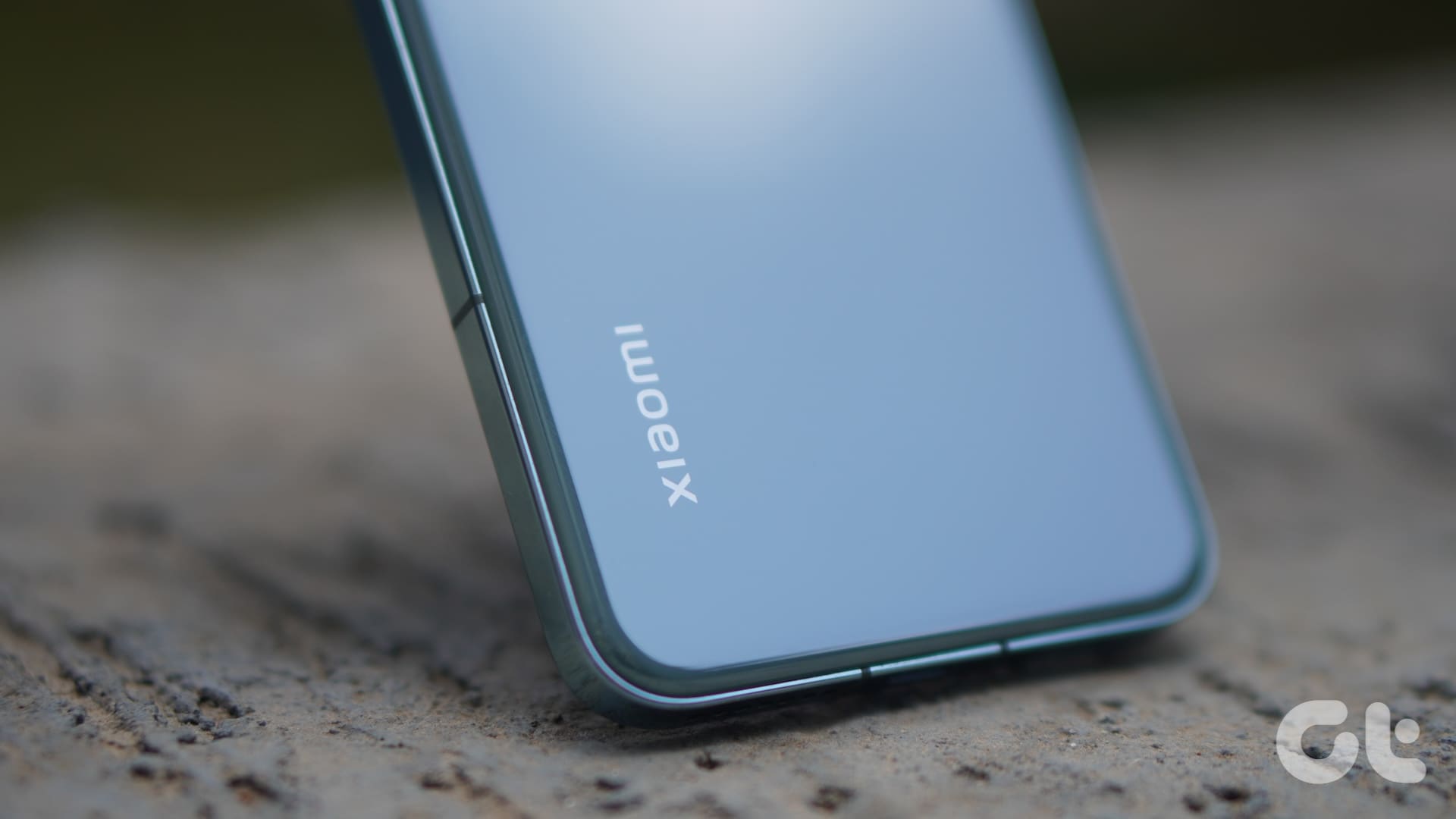
I was vacationing with the Xiaomi 14 and as anyone would on a holiday — I was clicking lots of photos. The battery kept depleting at a rapid pace due to this and I had to get my power bank out of my backpack.
Now thankfully, I carry a power bank with me at all times so it wasn’t that big a deal for me. But, if someone doesn’t have a battery pack, they might be stranded.
If you do manage to find a wall outlet, the supplied 120W adapter charges the phone at 90W which takes about 40 minutes in my testing for a complete top-up. Then again, this is only when you’re not using the phone and the screen is turned off. If you charge while using it, the time increases significantly.
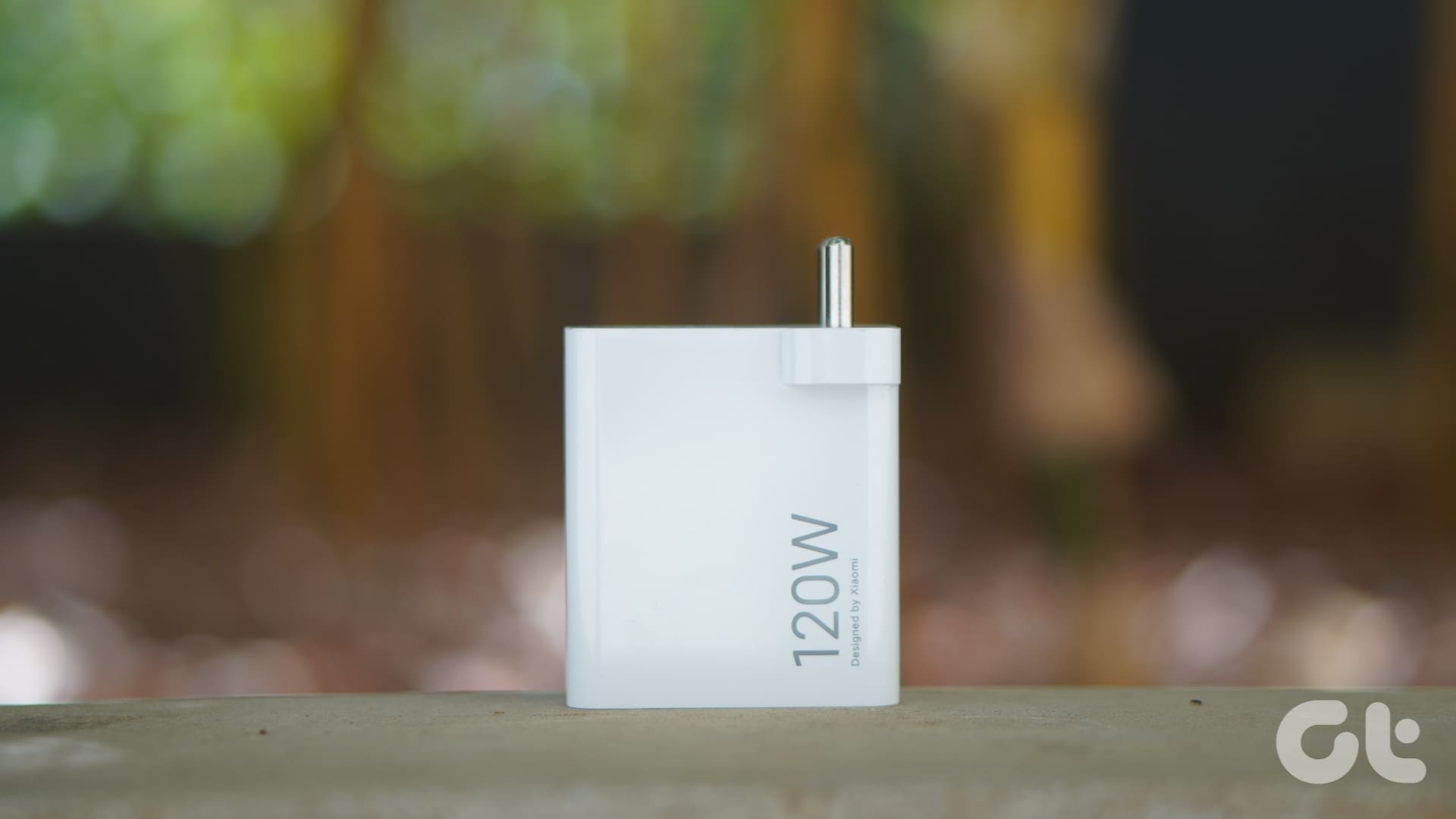
During day-to-day usage, the battery seems fine as I could get a quick top-up at my desk or in my car. On some days, I even got through the entire day with 10-15% left in the bank. I consider myself a heavy user so if you’re not, you can squeeze out some more juice out of the phone.
Should You Buy the Xiaomi 14?
If you’re a camera enthusiast or you’re in the market for a new phone for around £800-900/₹60,000-70,000/$700-800 and cameras are at the top of your priority list, the Xiaomi 14 is an excellent pick.
What We Like
What We Don’t Like
It has best-in-class optics that produce some eye-candy shots — ready to be posted on your Instagram feed. The Leica partnership has clearly paid off for Xiaomi and that’s a win for us consumers too since we’re getting DSLR-like color reproduction and photo quality in a handy form factor.
Fancy some more versatility and have some extra cash to spare? You might also want to consider the Xiaomi 14 Ultra with a massive 1-inch sensor and an extra 5X periscope zoom lens. Oh, it also has a bigger battery if you’re wondering.
Was this helpful?
Last updated on 12 April, 2024
1 Comment
Leave a Reply
The article above may contain affiliate links which help support Guiding Tech. The content remains unbiased and authentic and will never affect our editorial integrity.


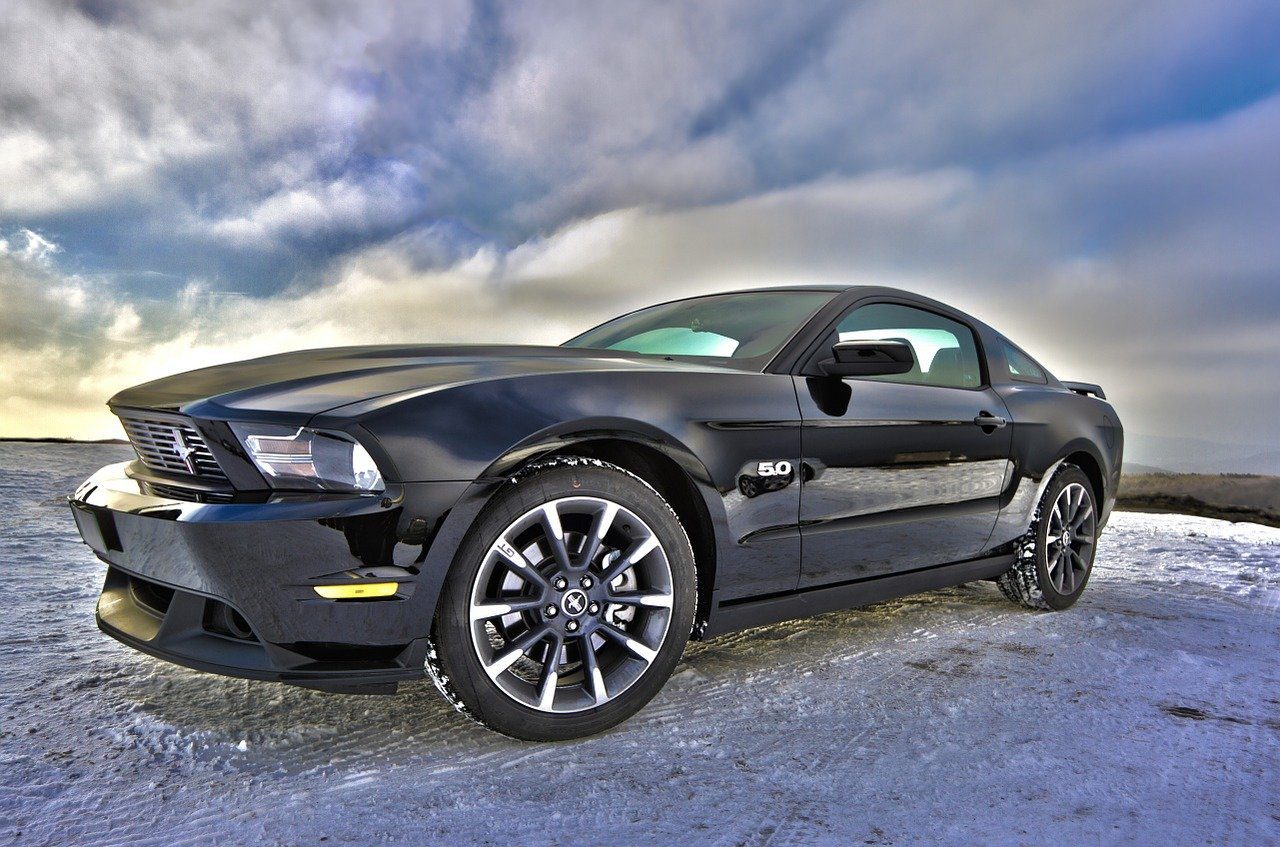

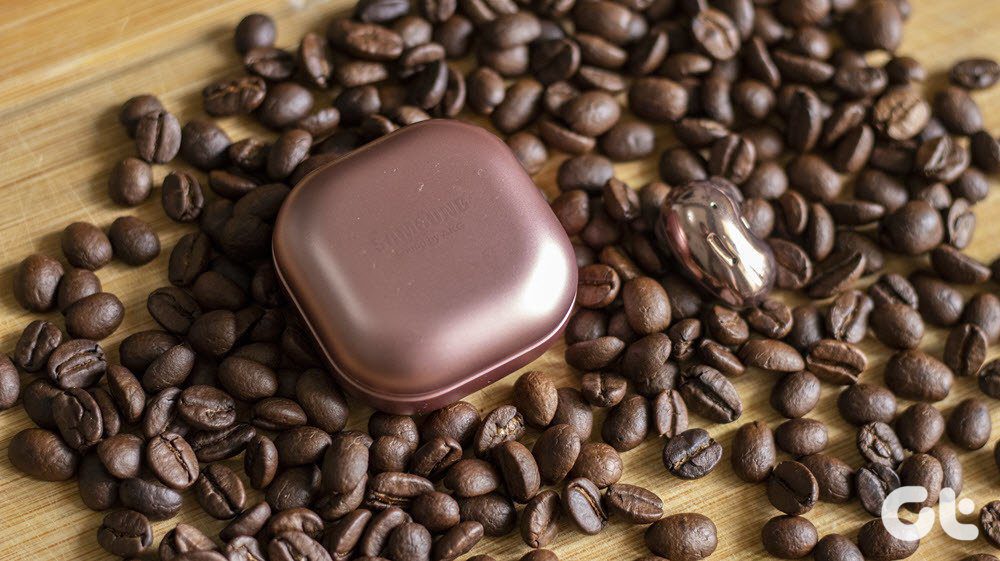

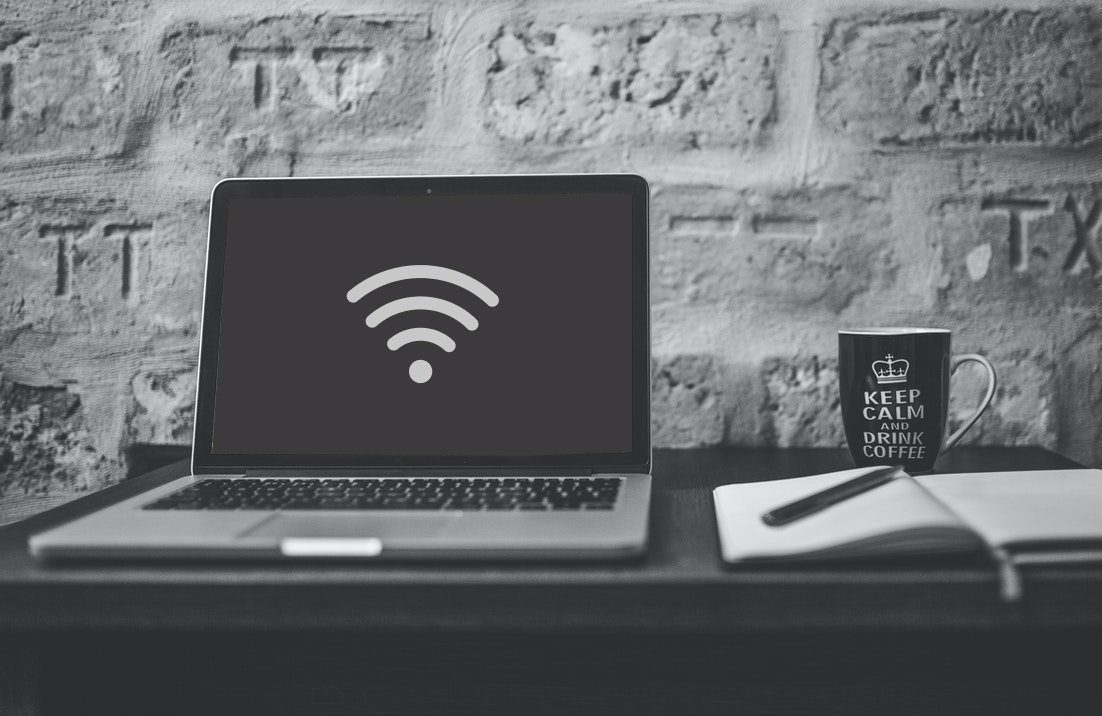
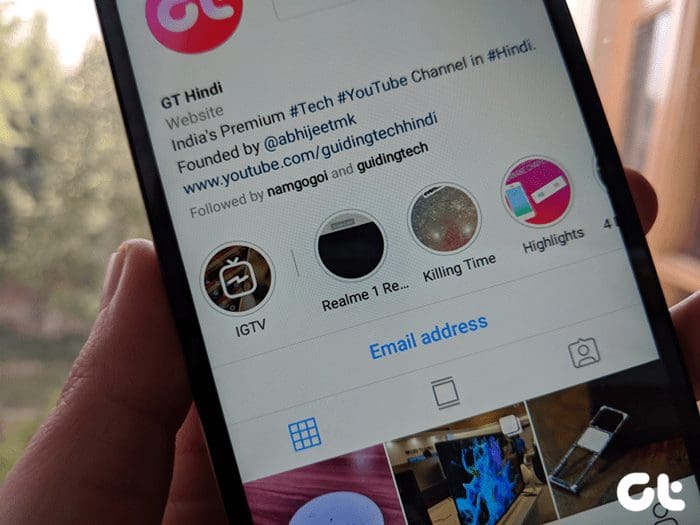
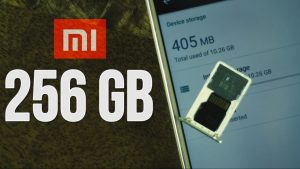
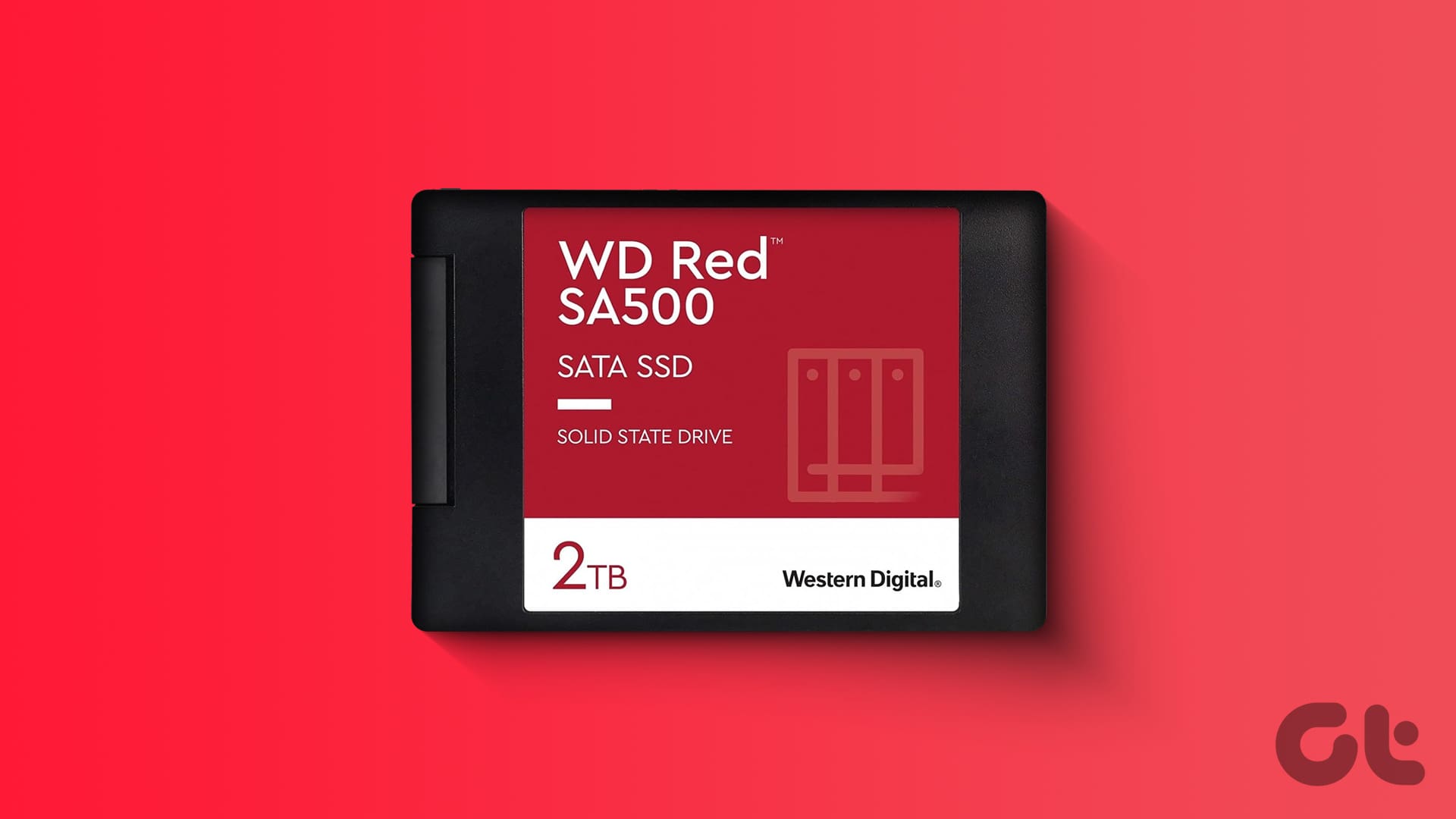
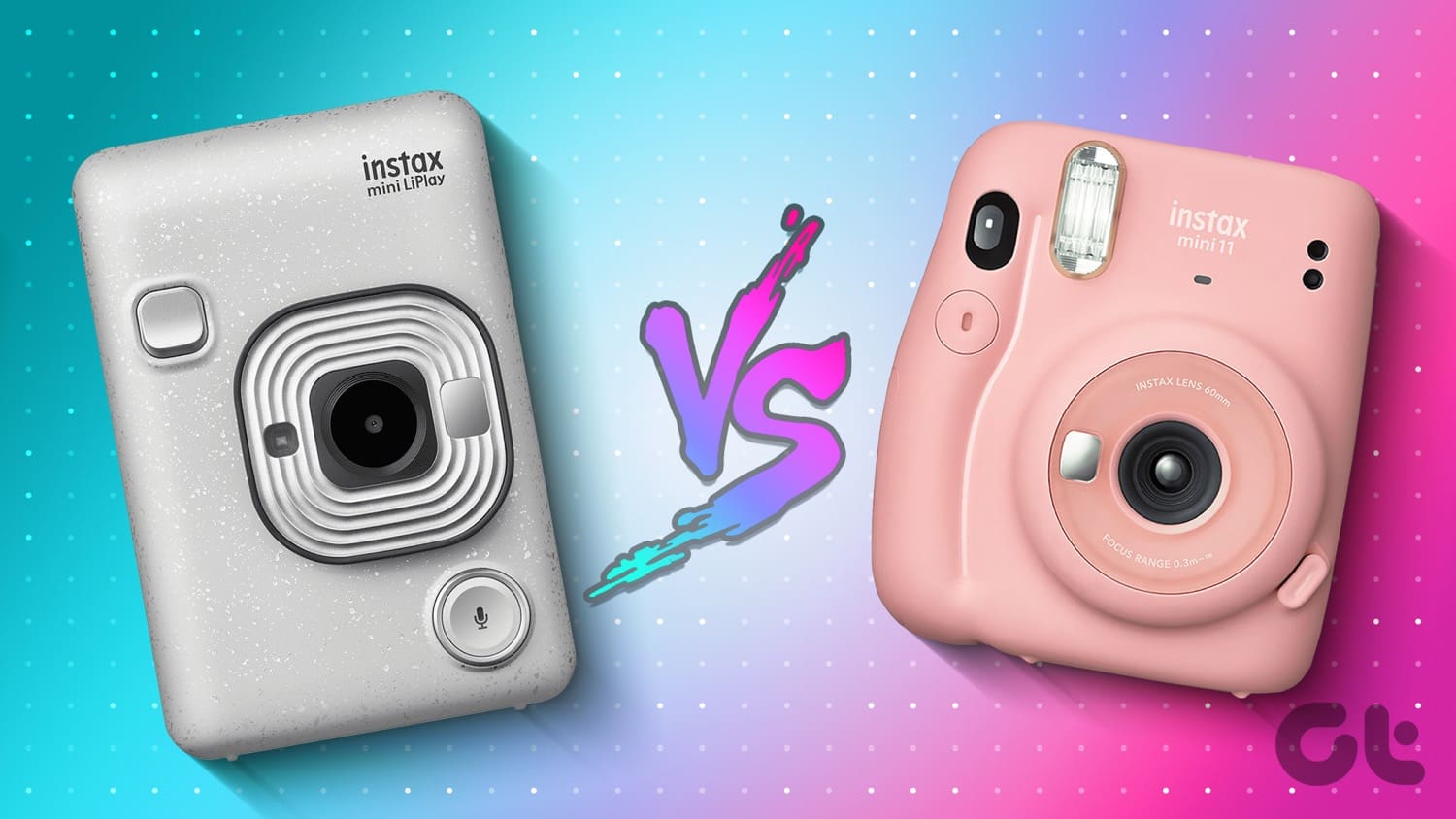
I had an amazing experience with the camera of Xiaomi 14. The camera is extremely effective despite the heat, humidity and low lighting and my friends and I were able to click fantastic pictures. While my camera lens required non-stop cleaning due to the humidity, the lens of Xiaomi 14 remained clear as the day even in 85% humidity. I am extremely happy that the above review elucidates on the same. Kudos!